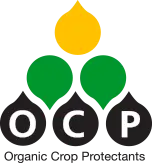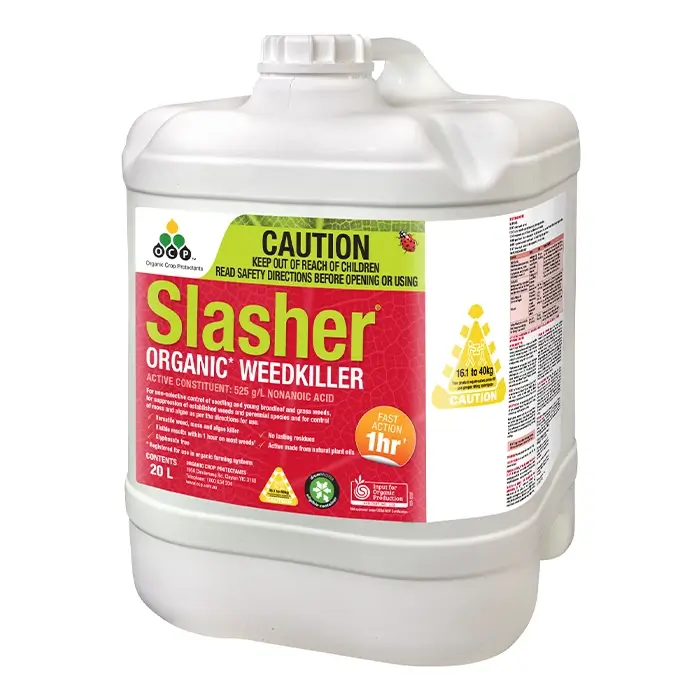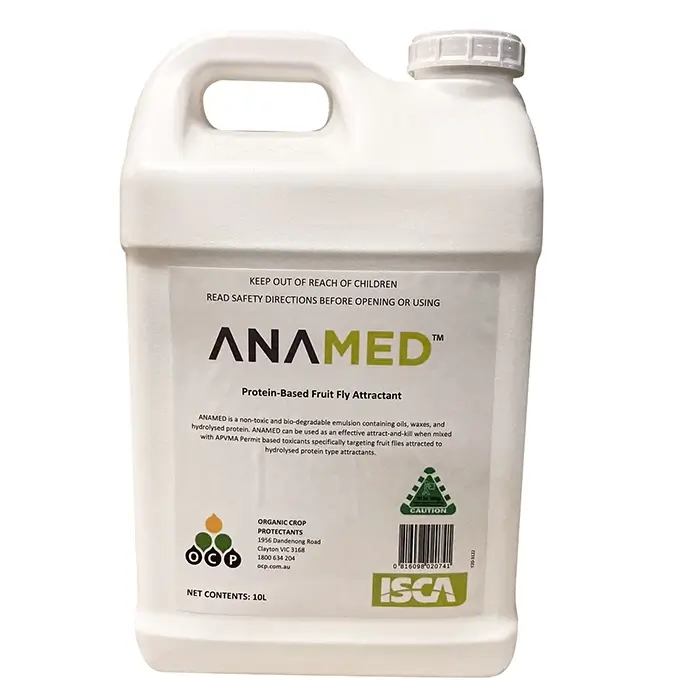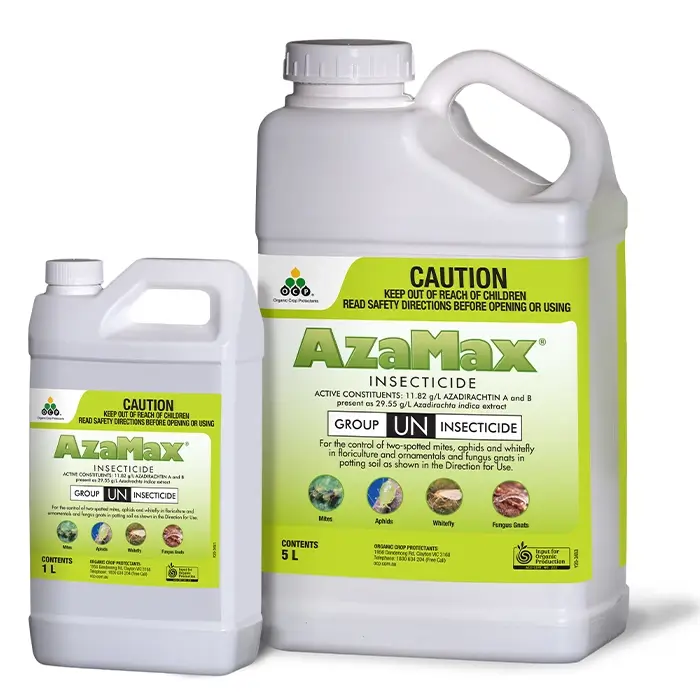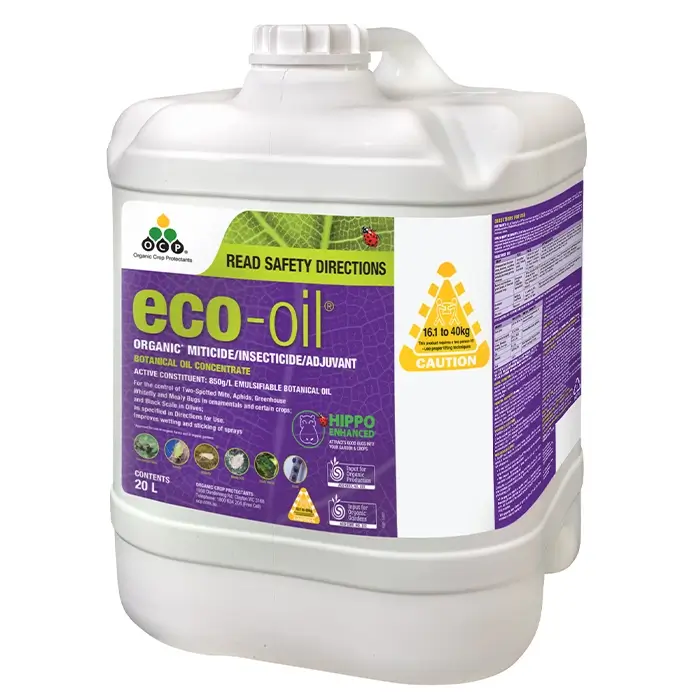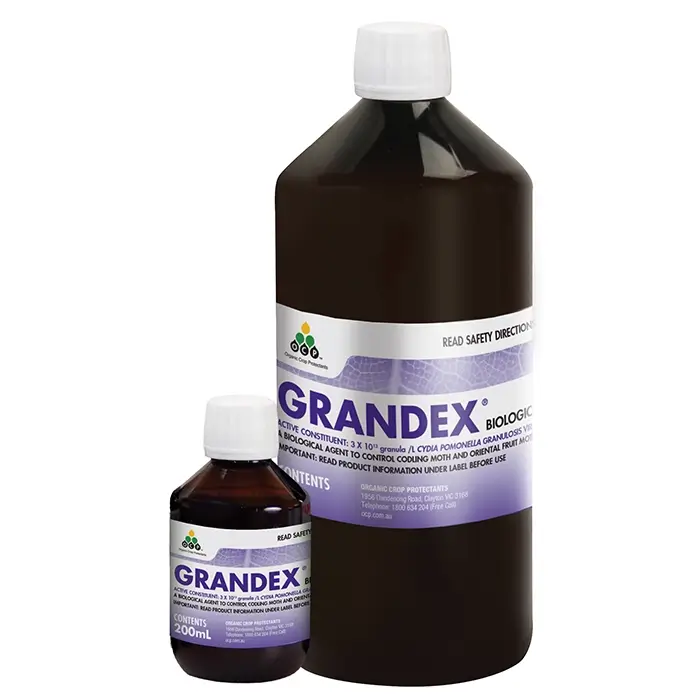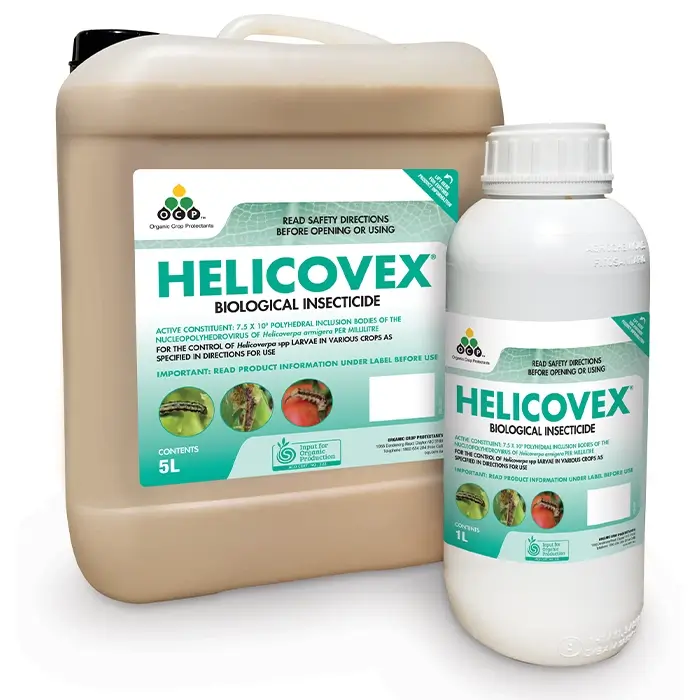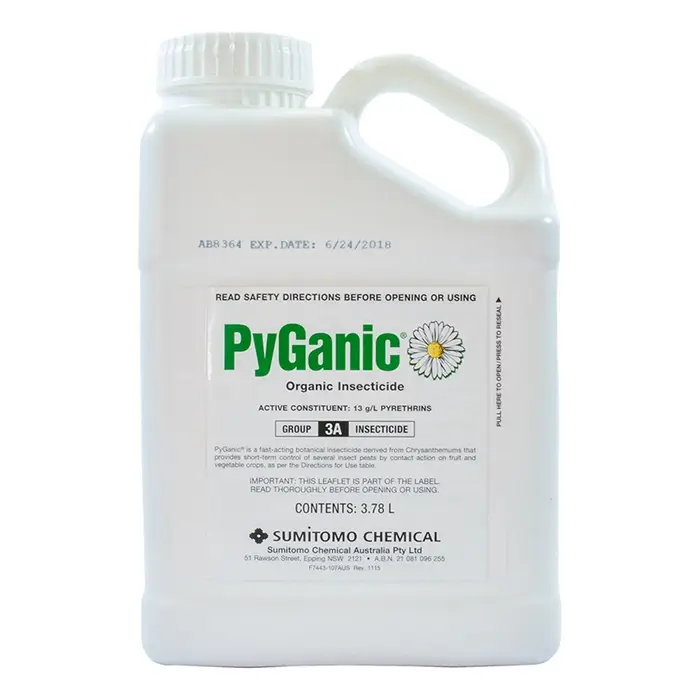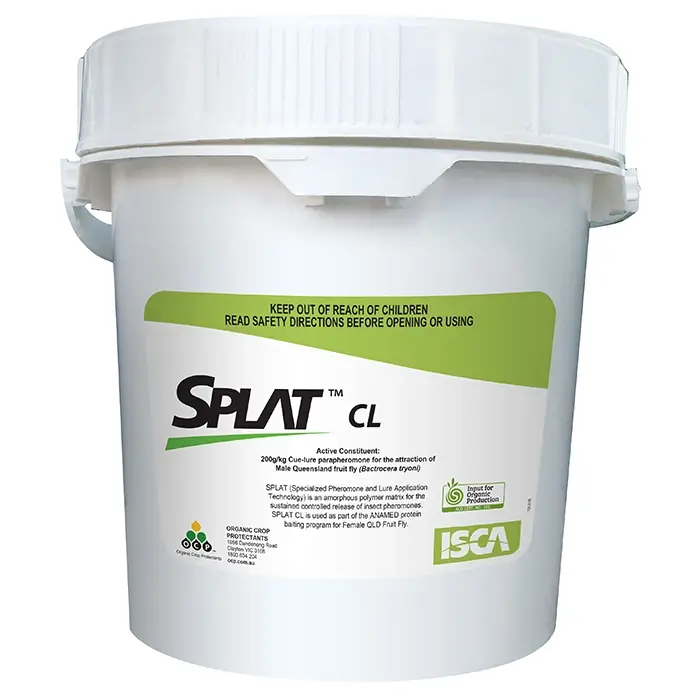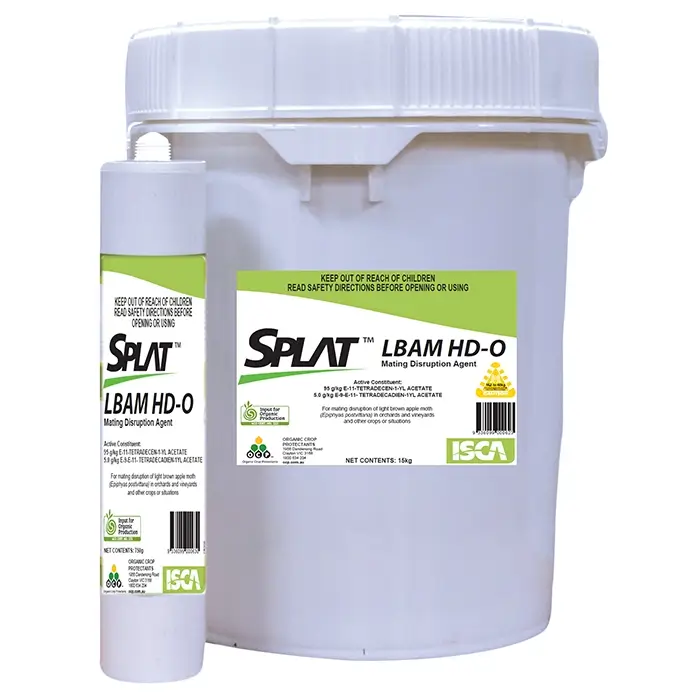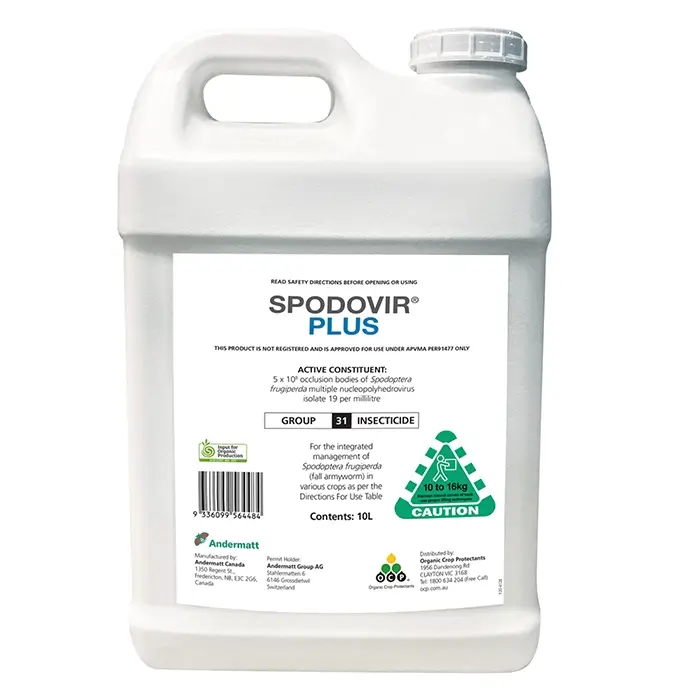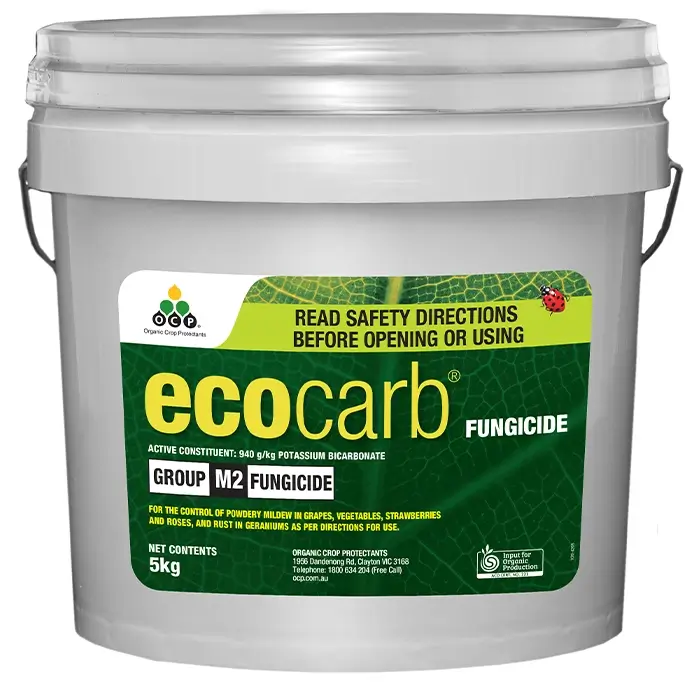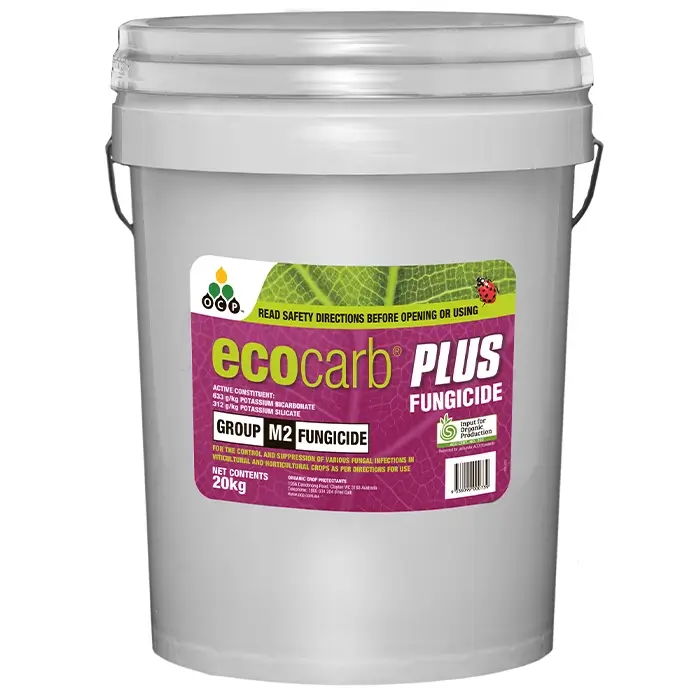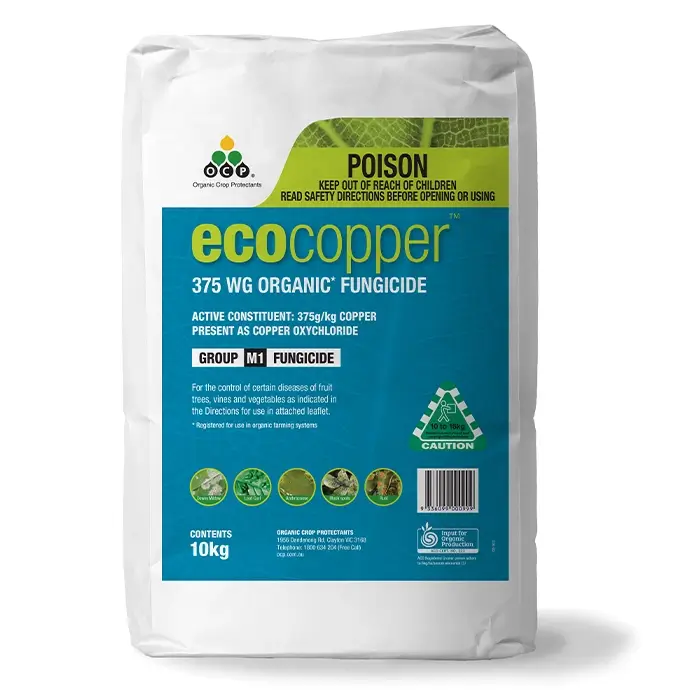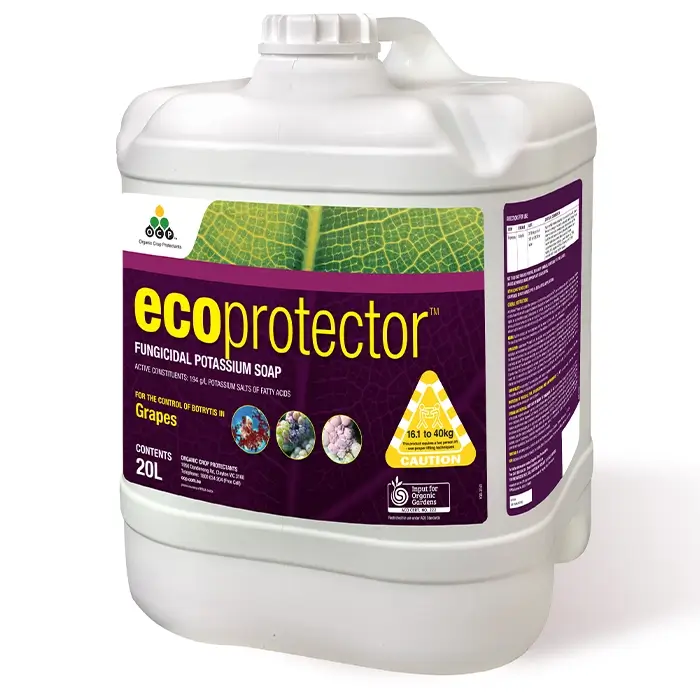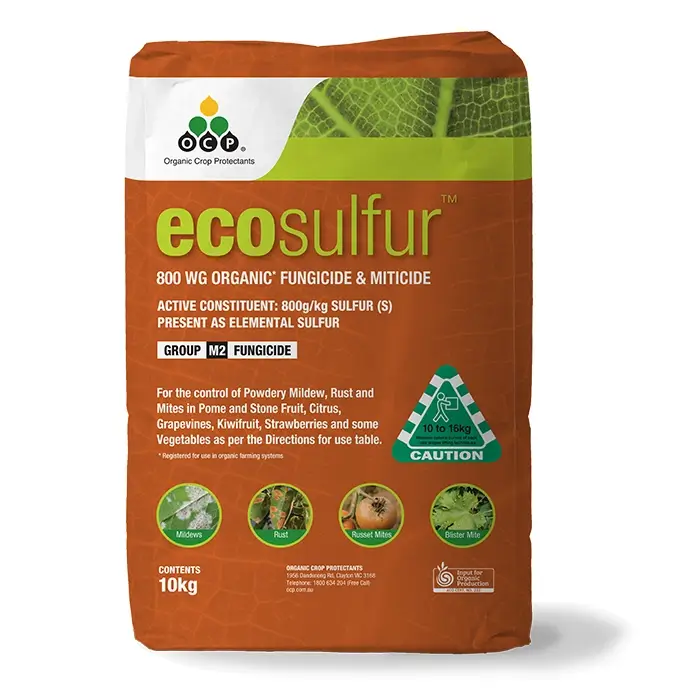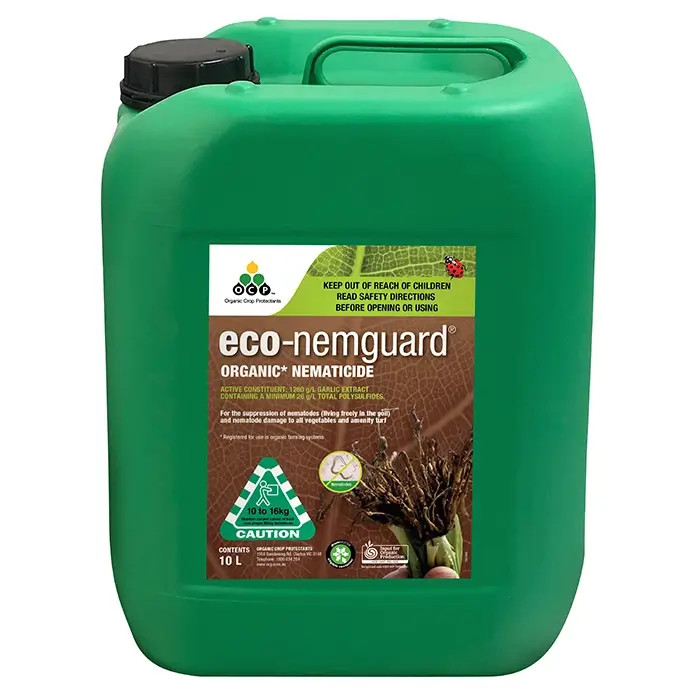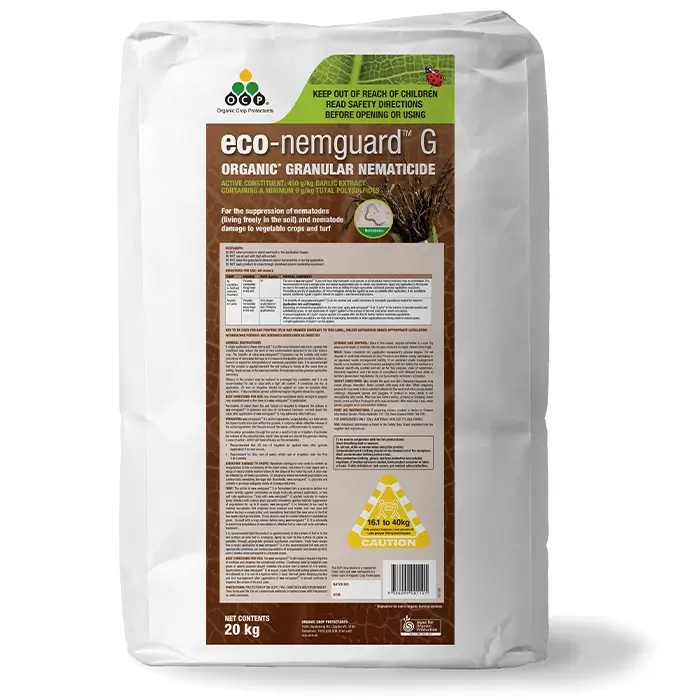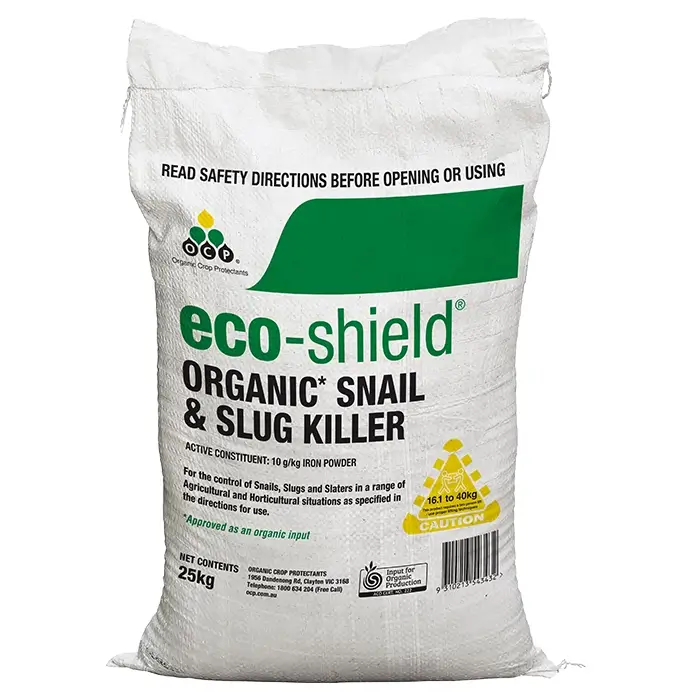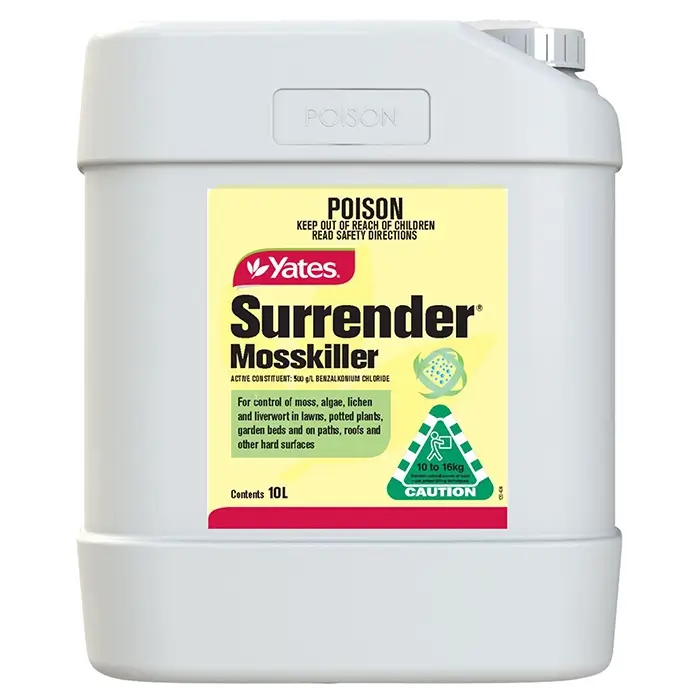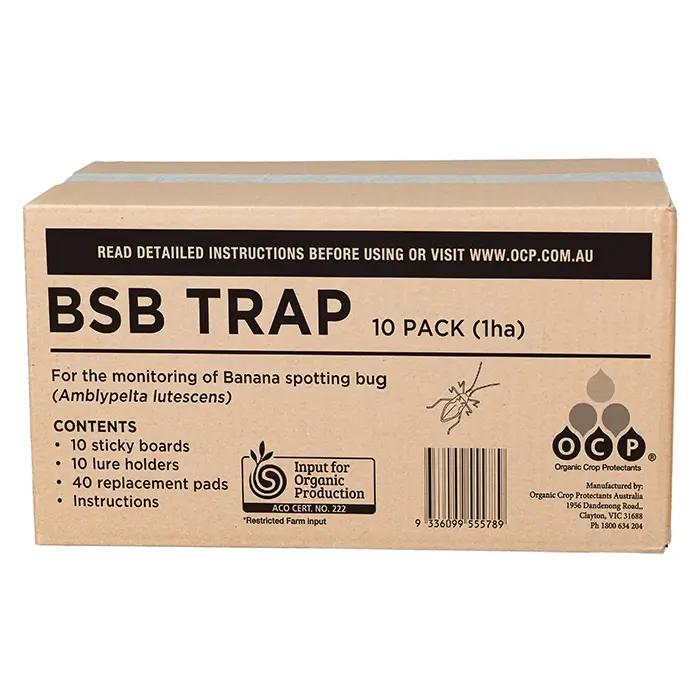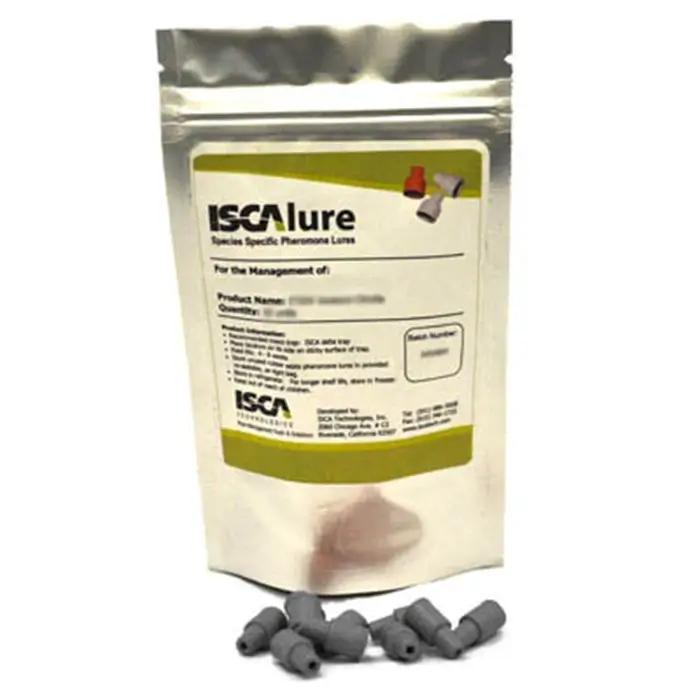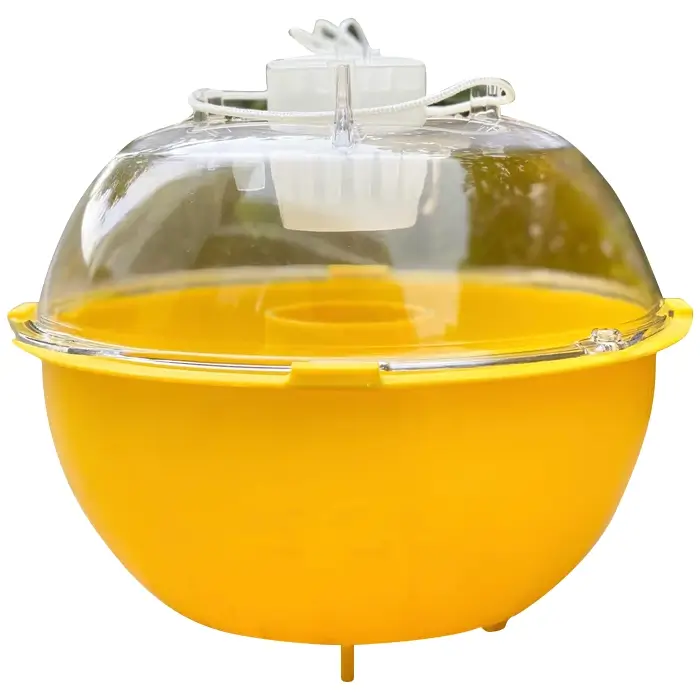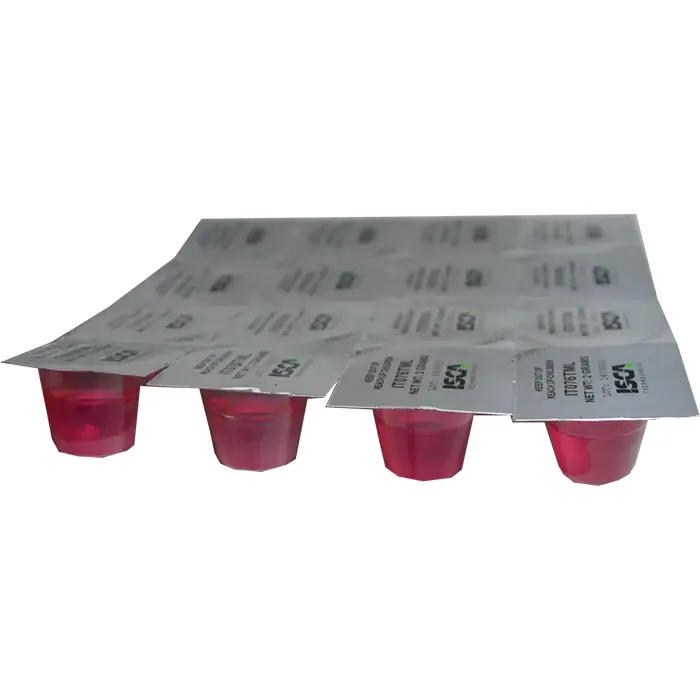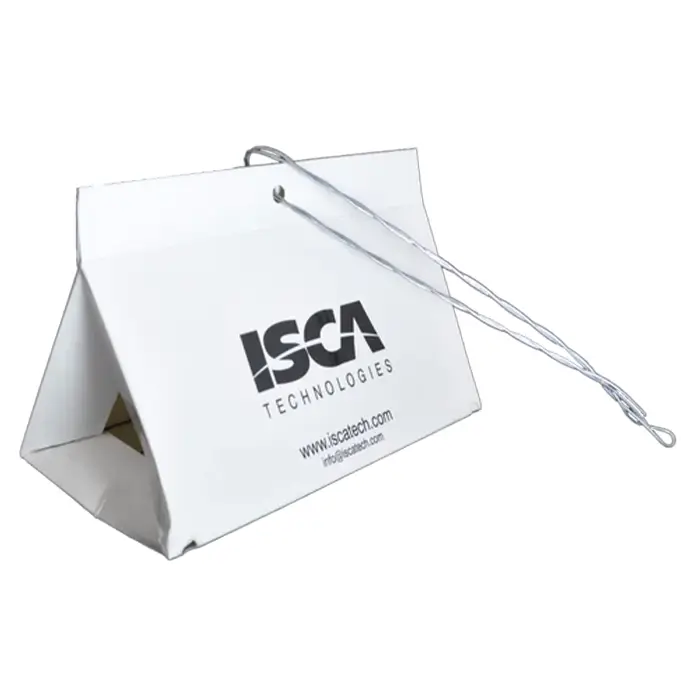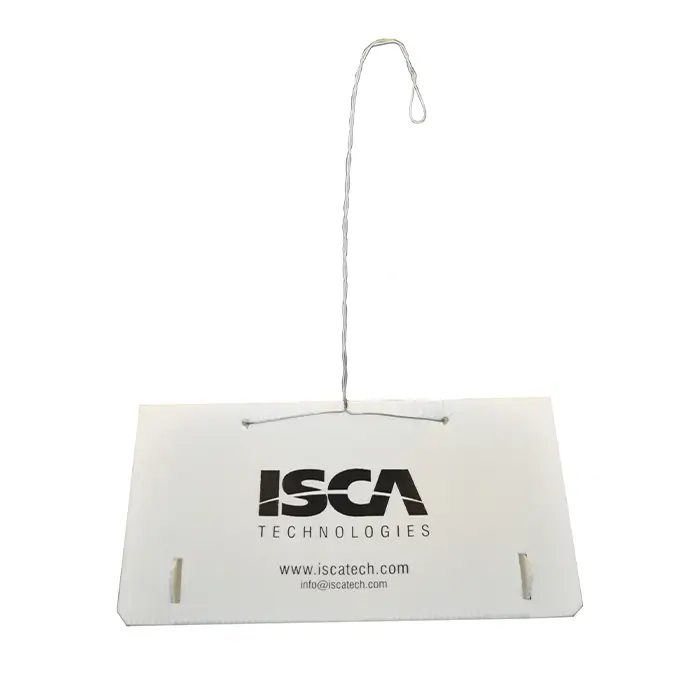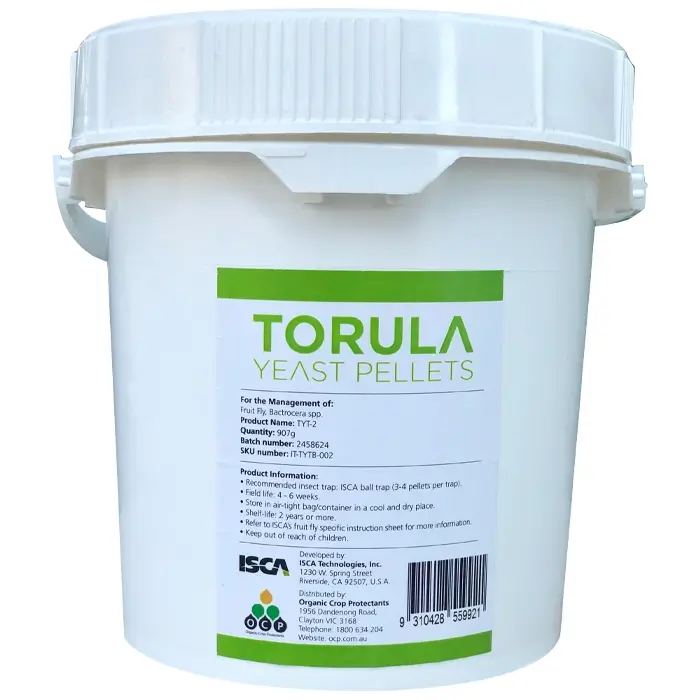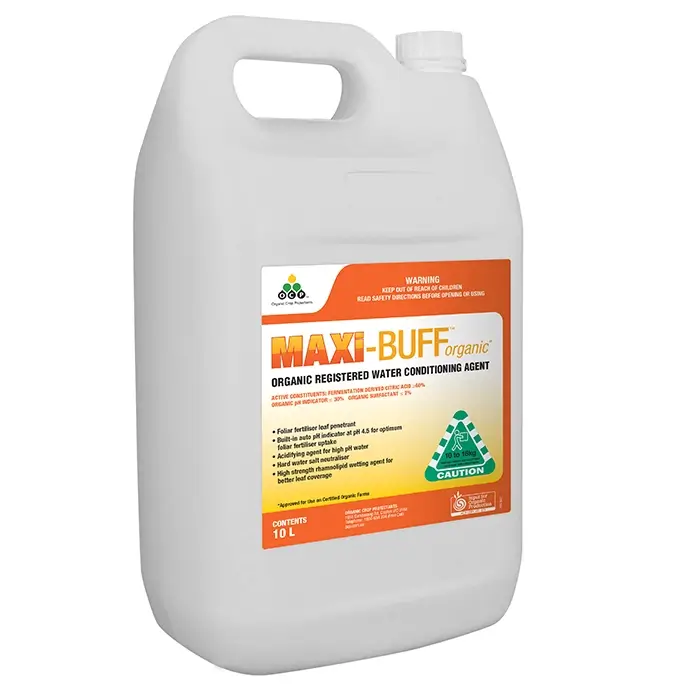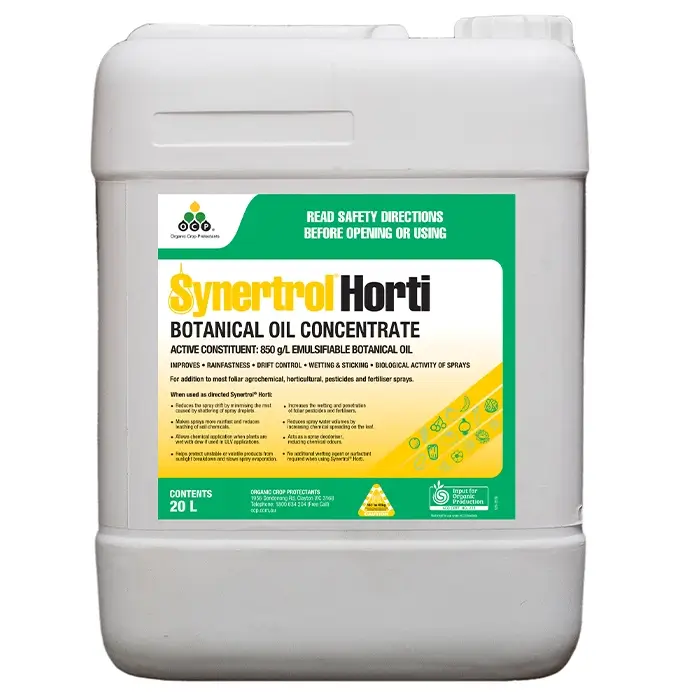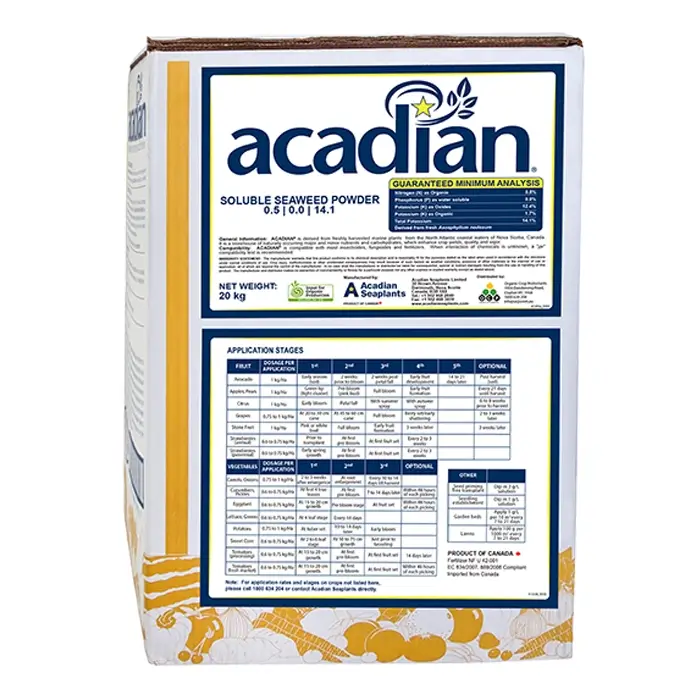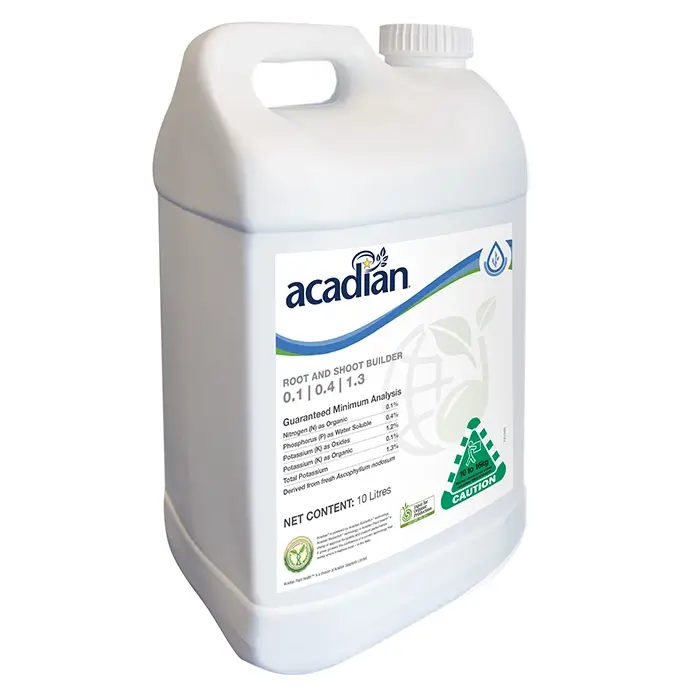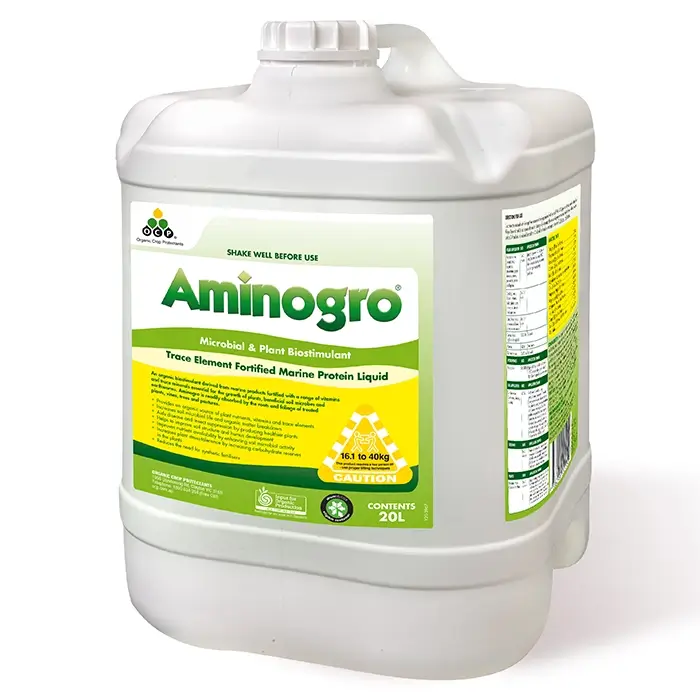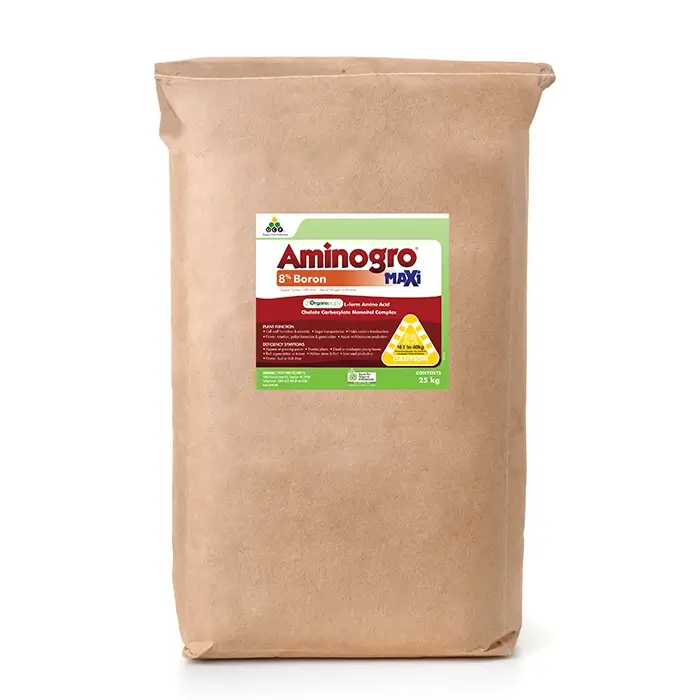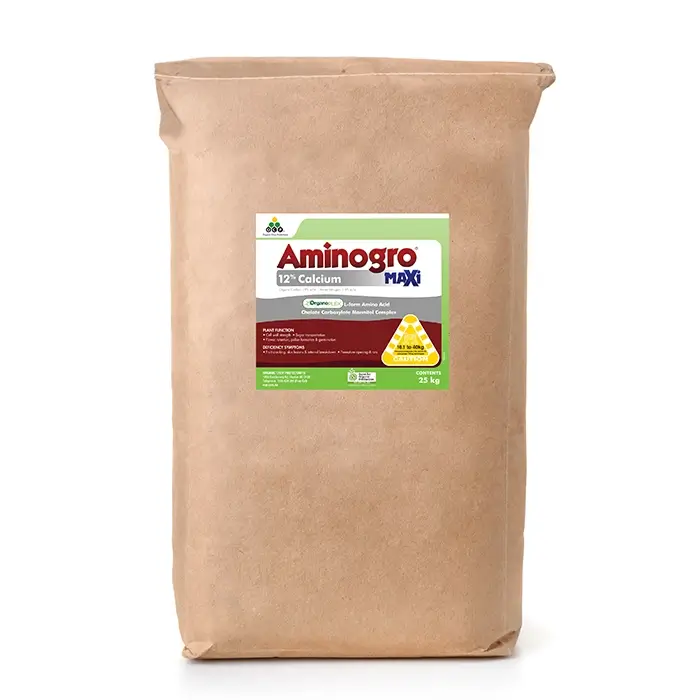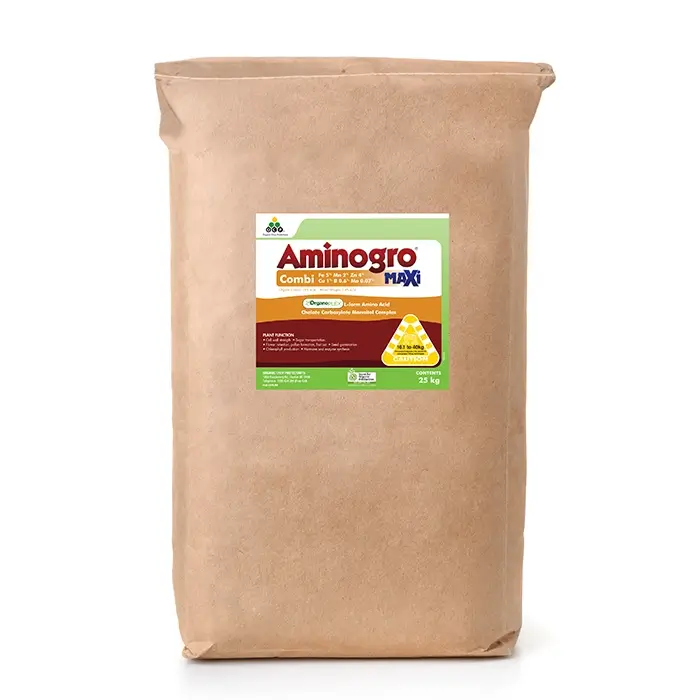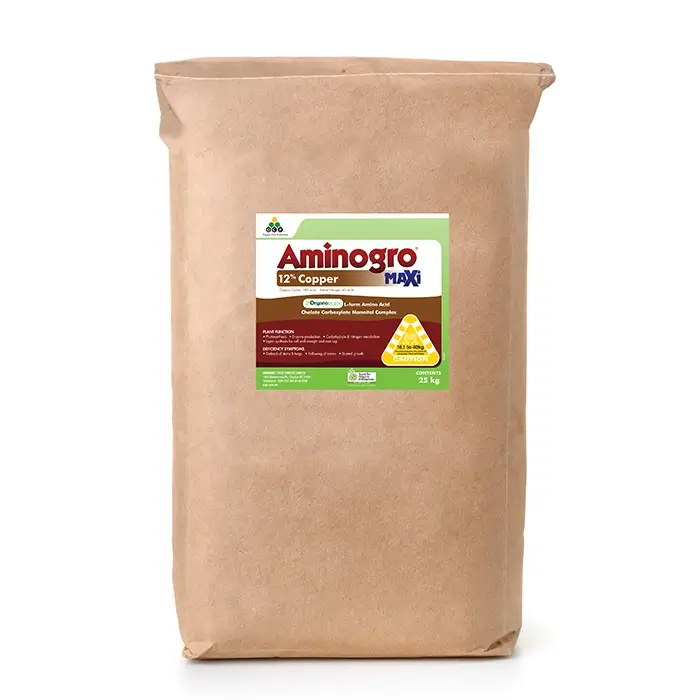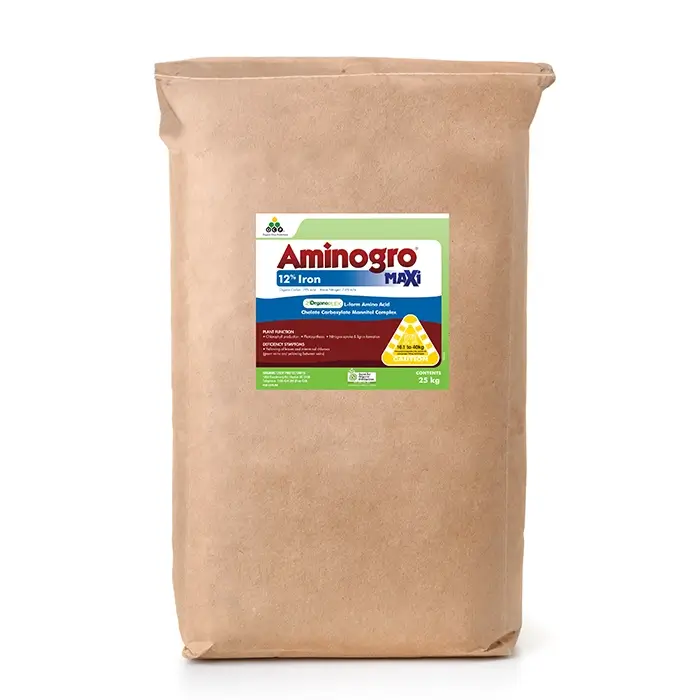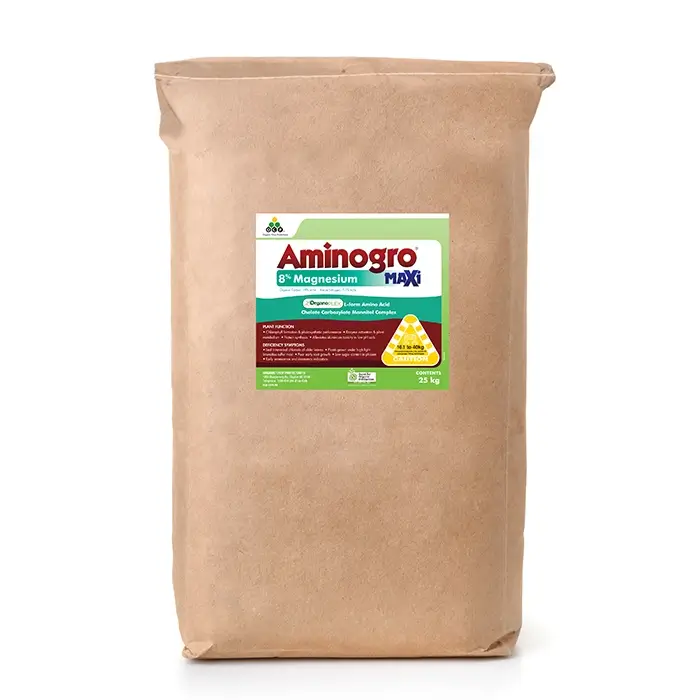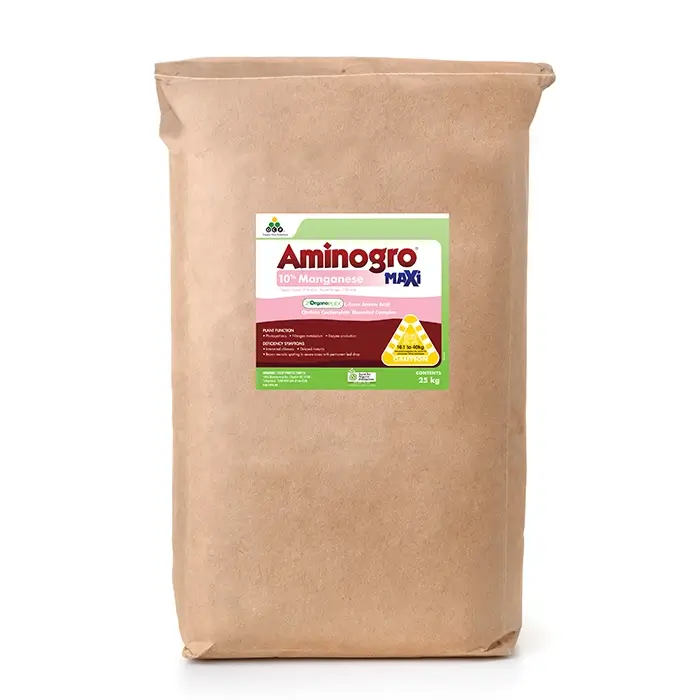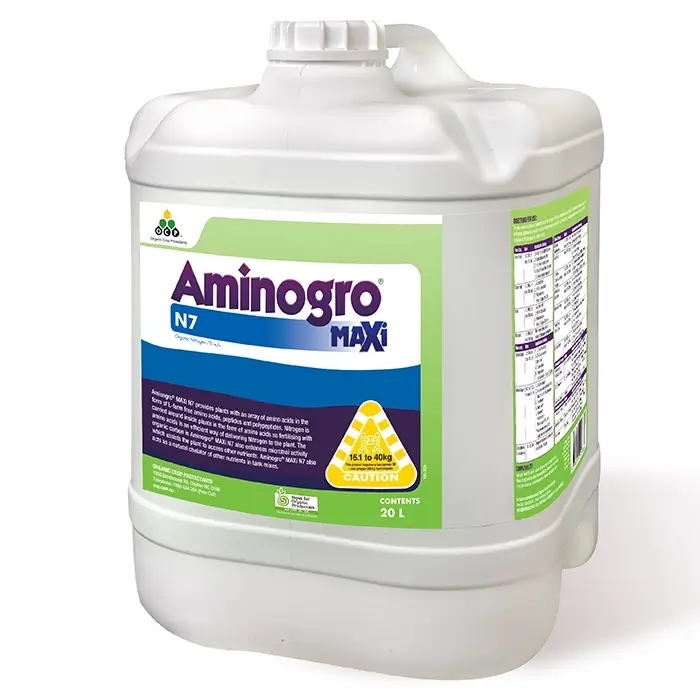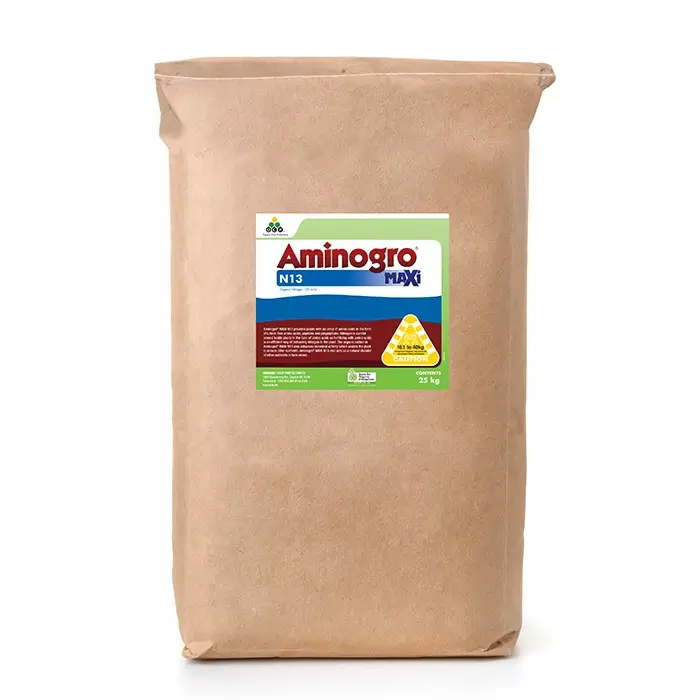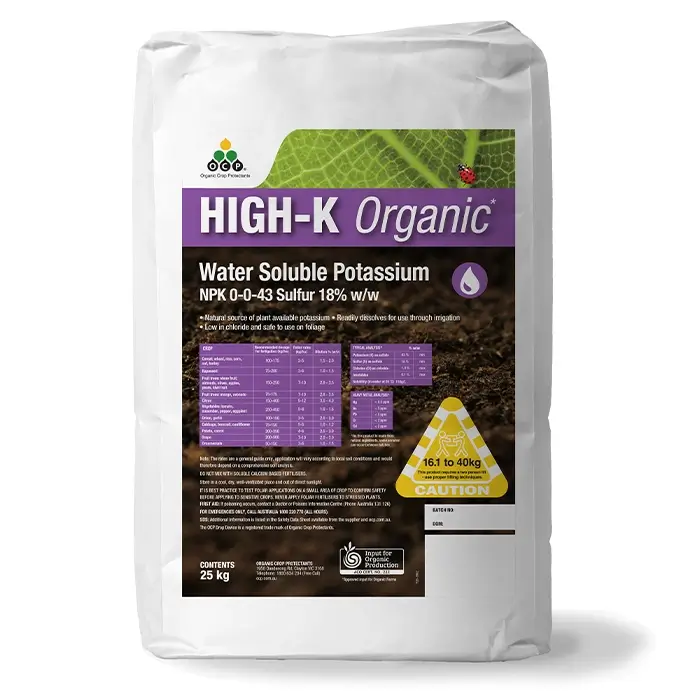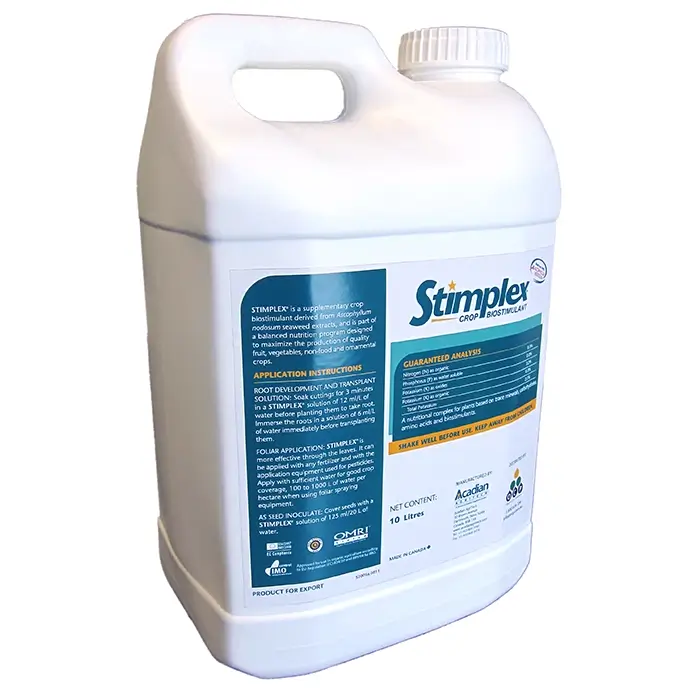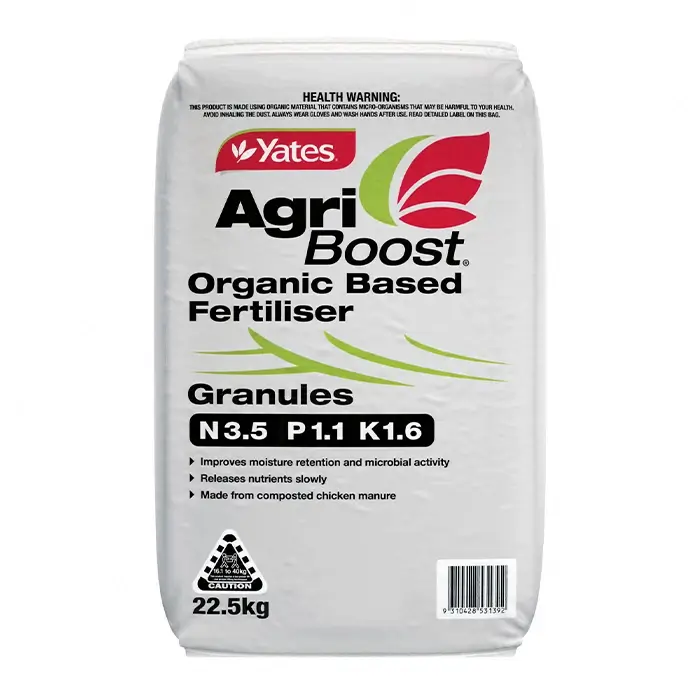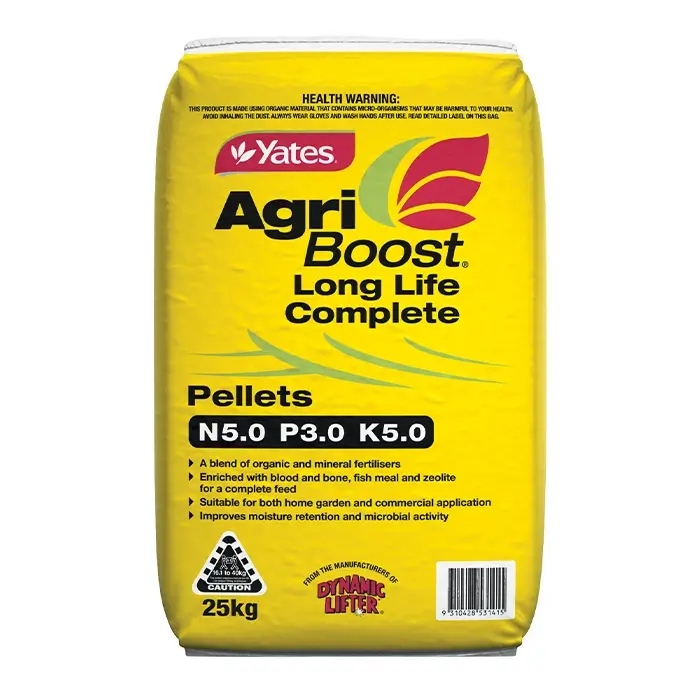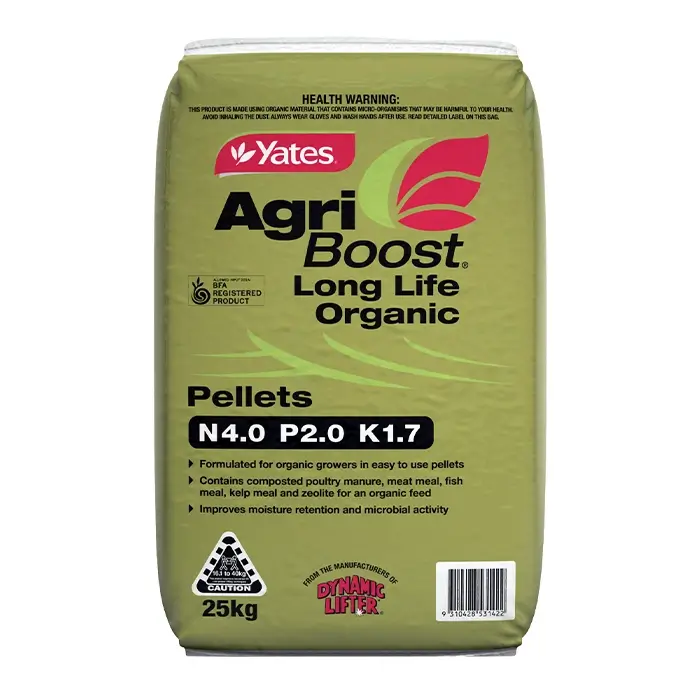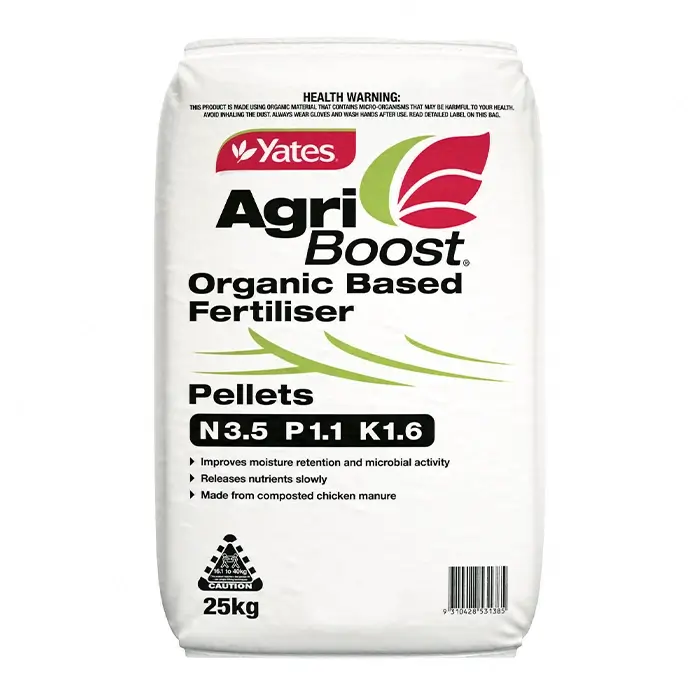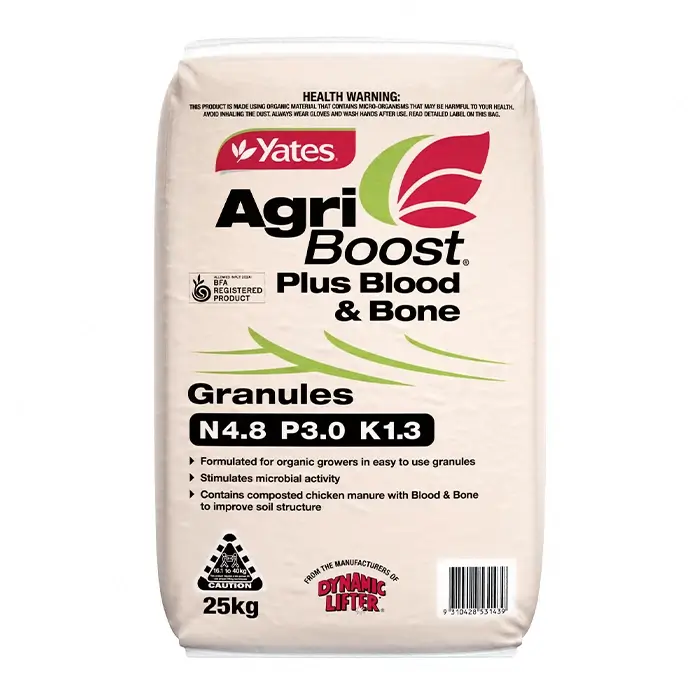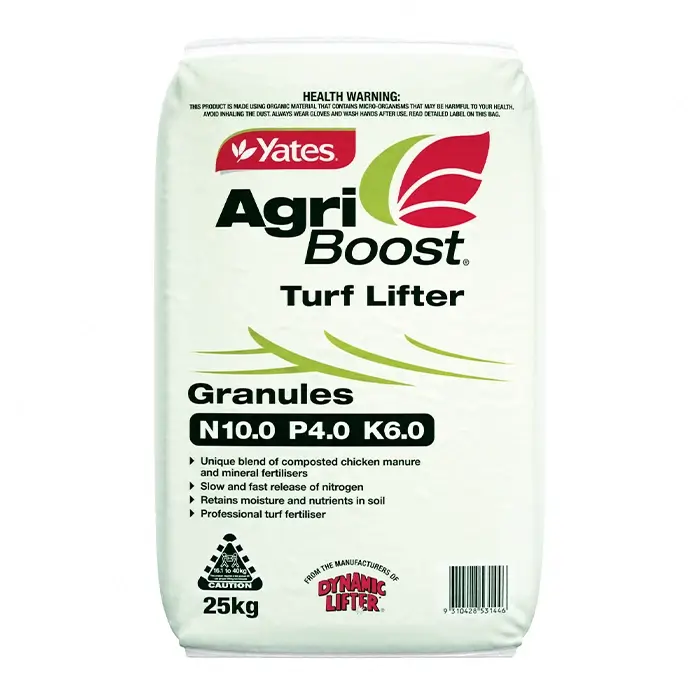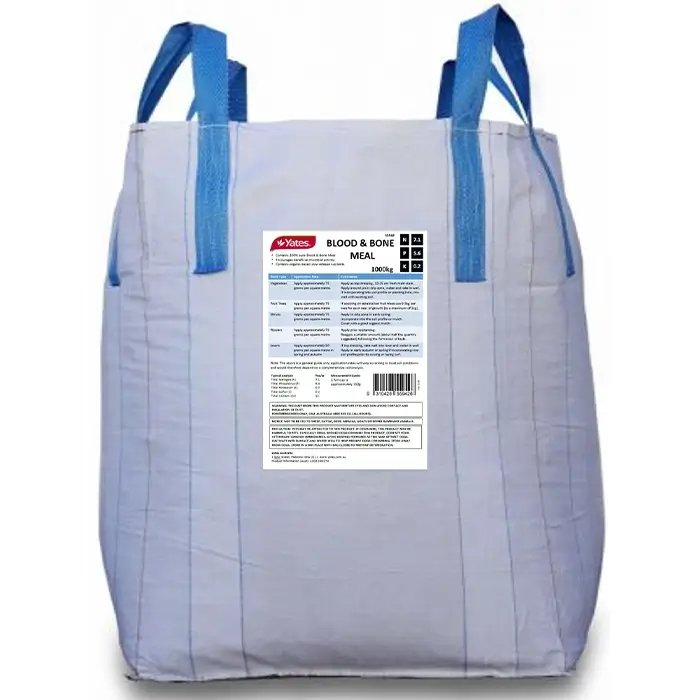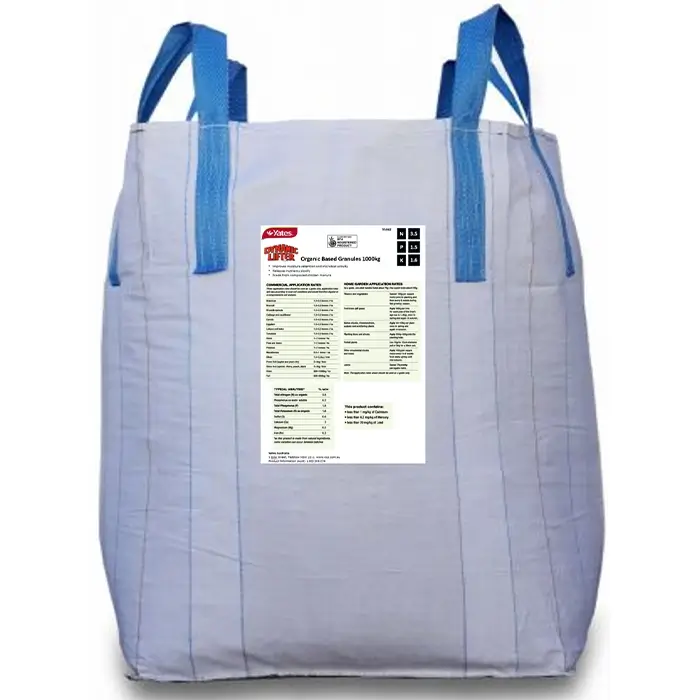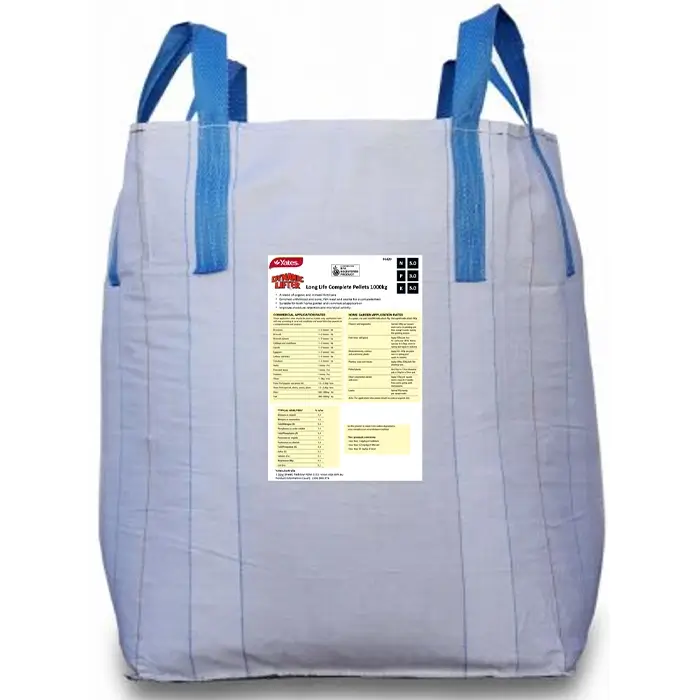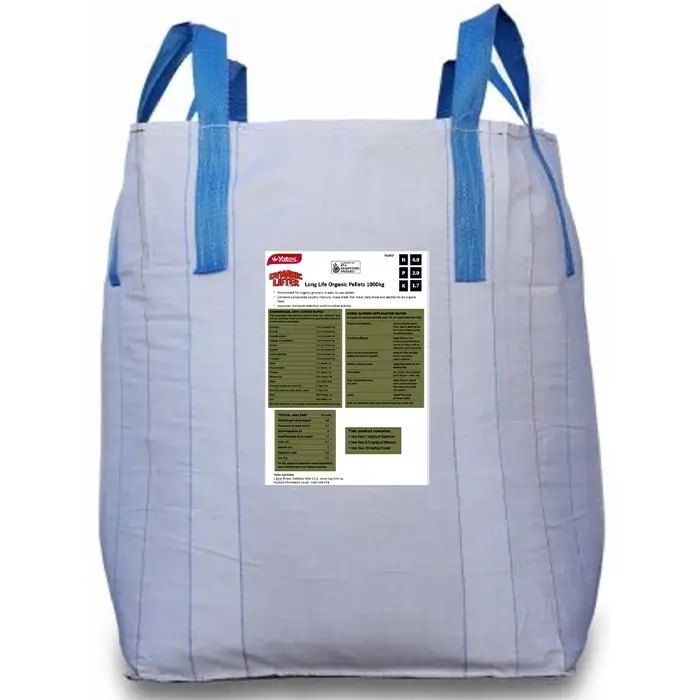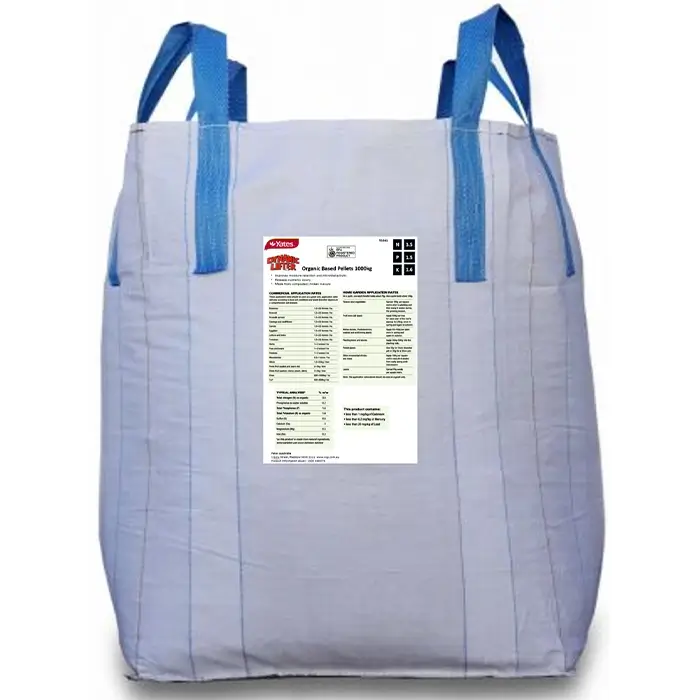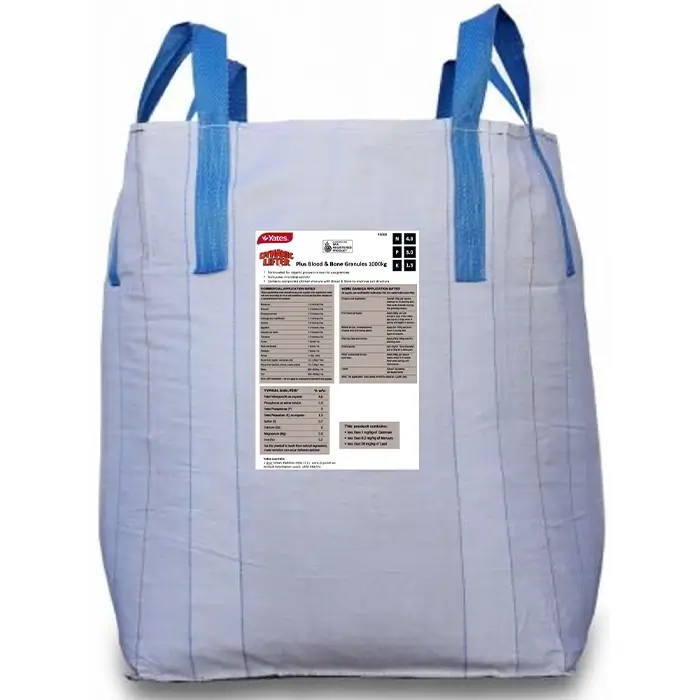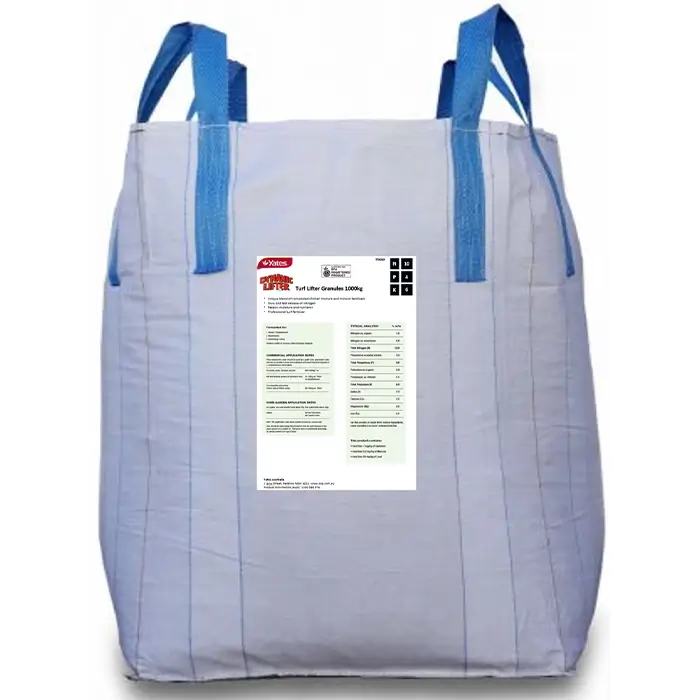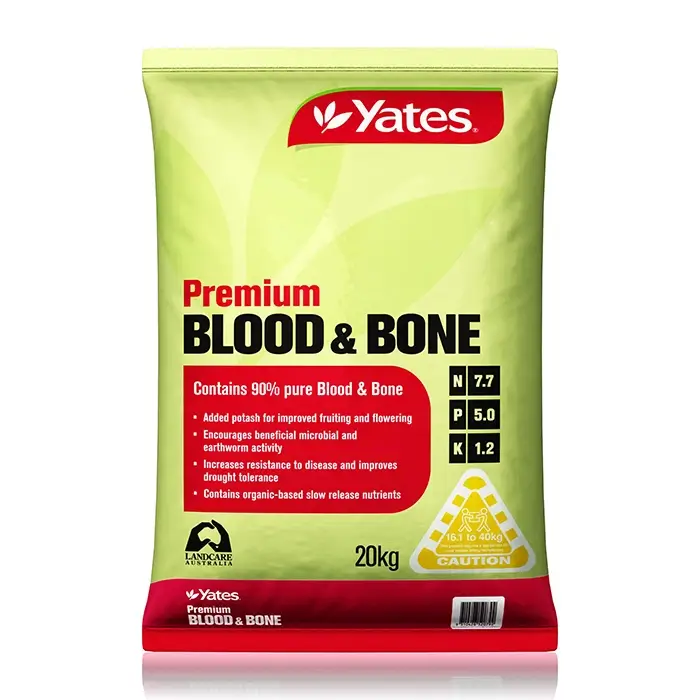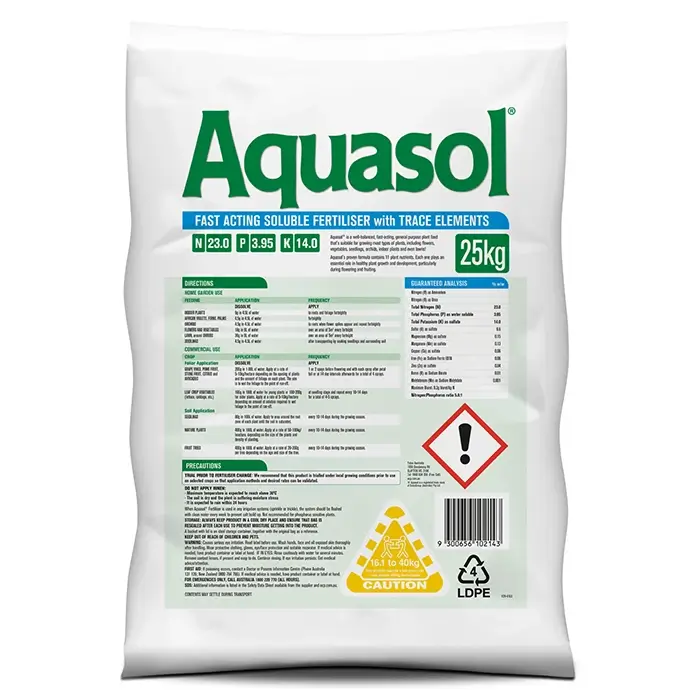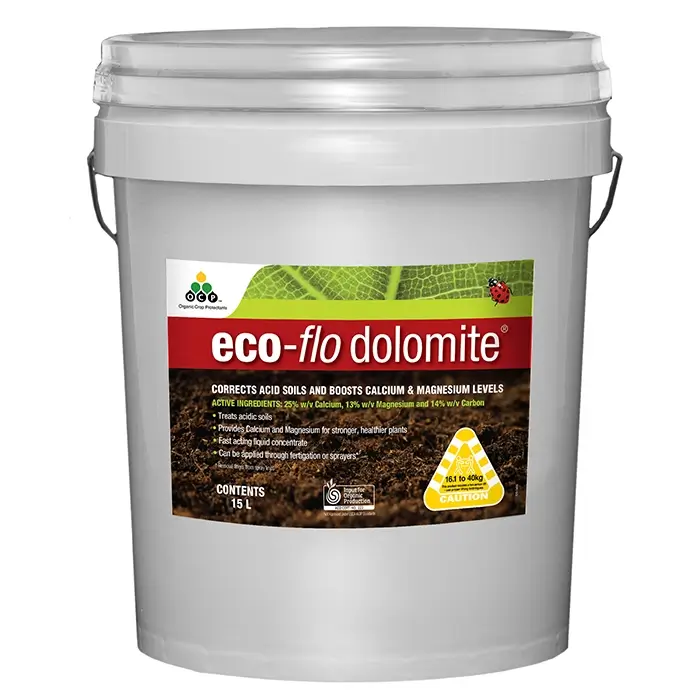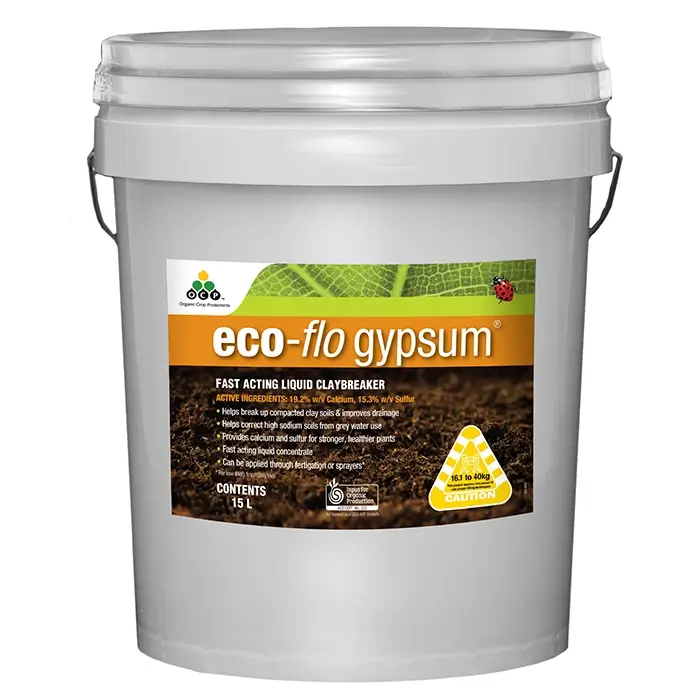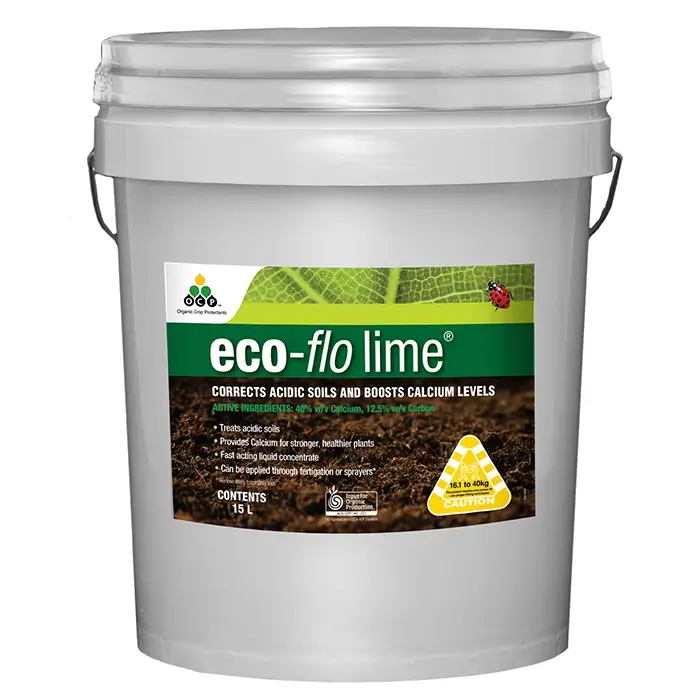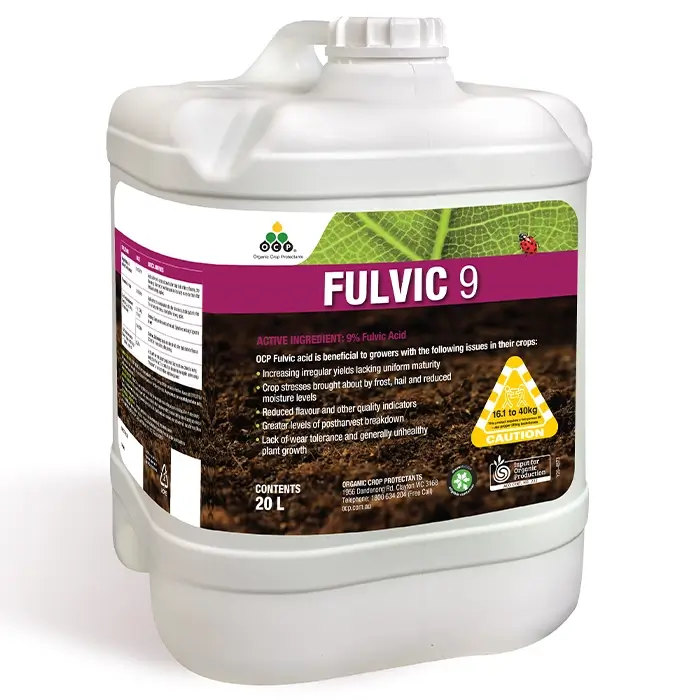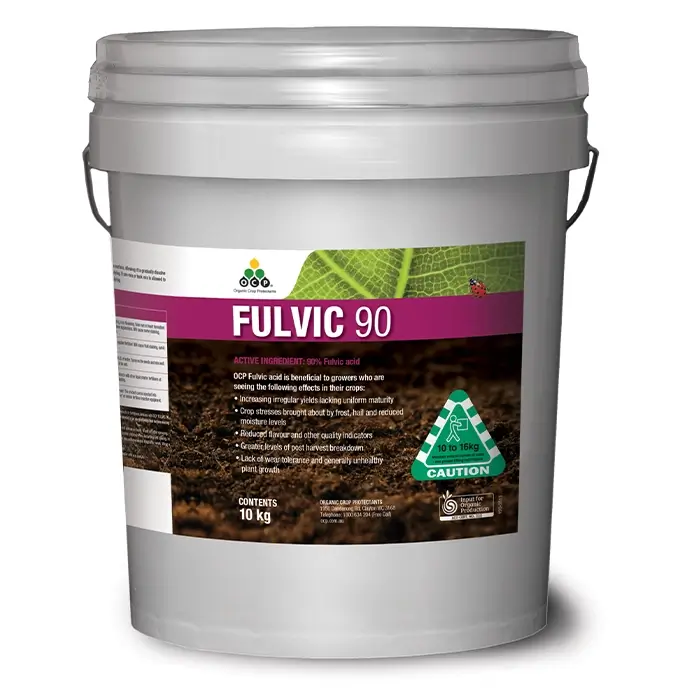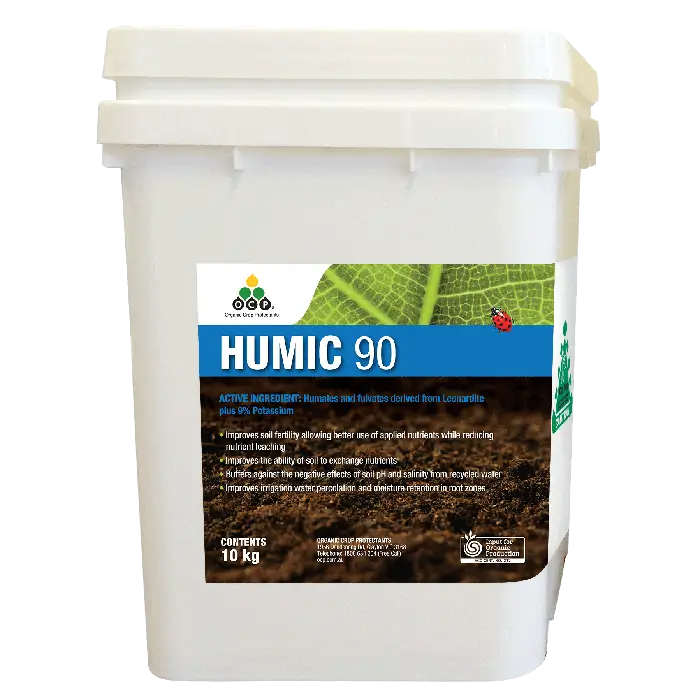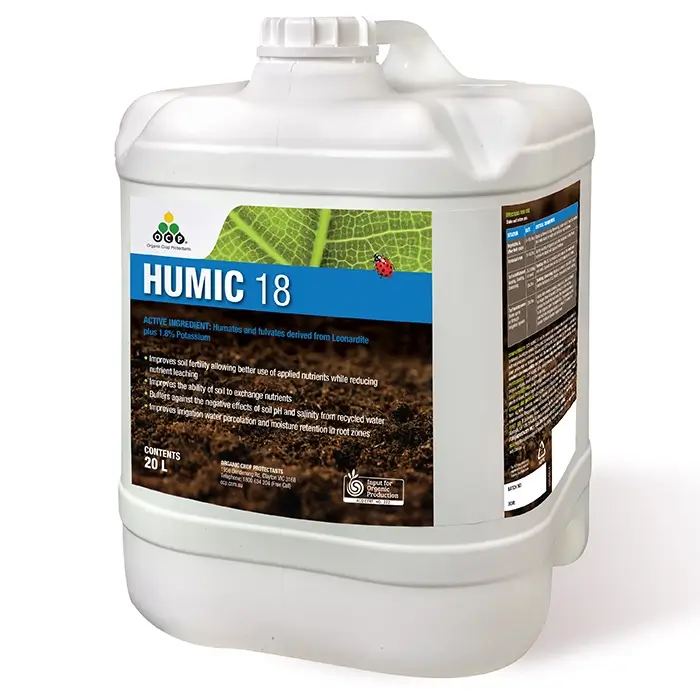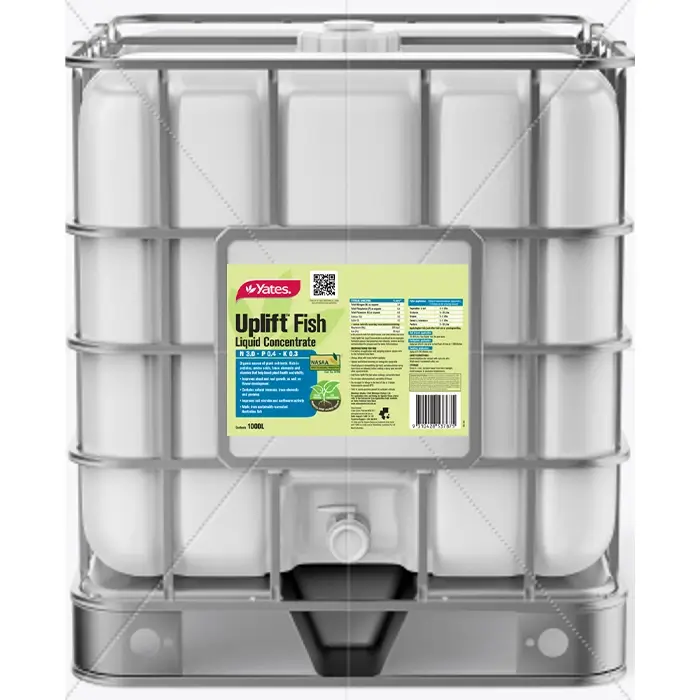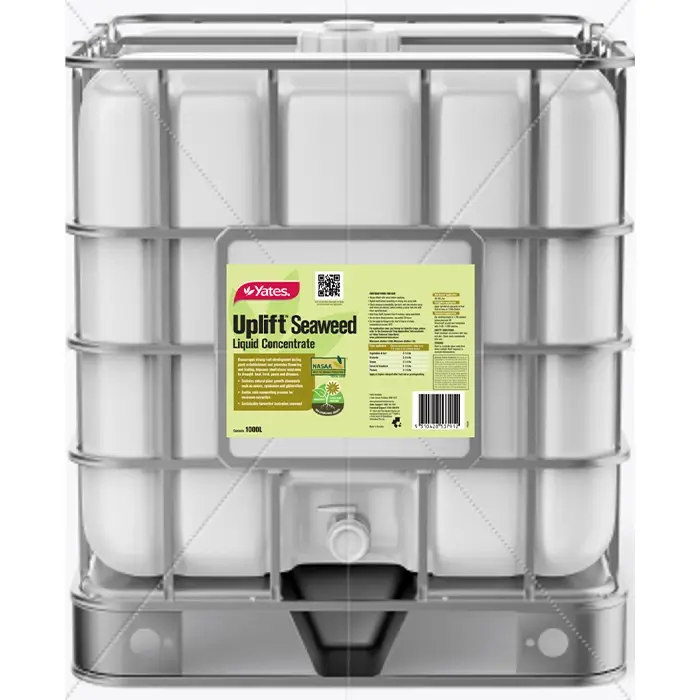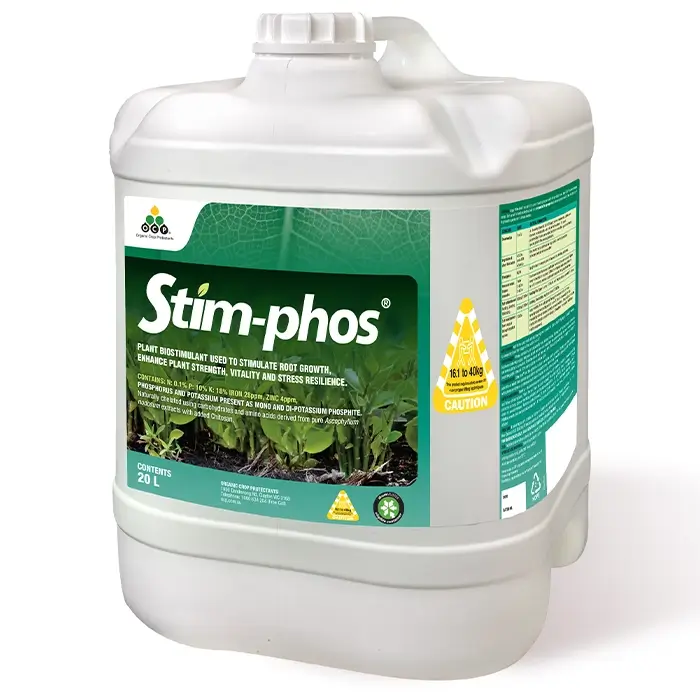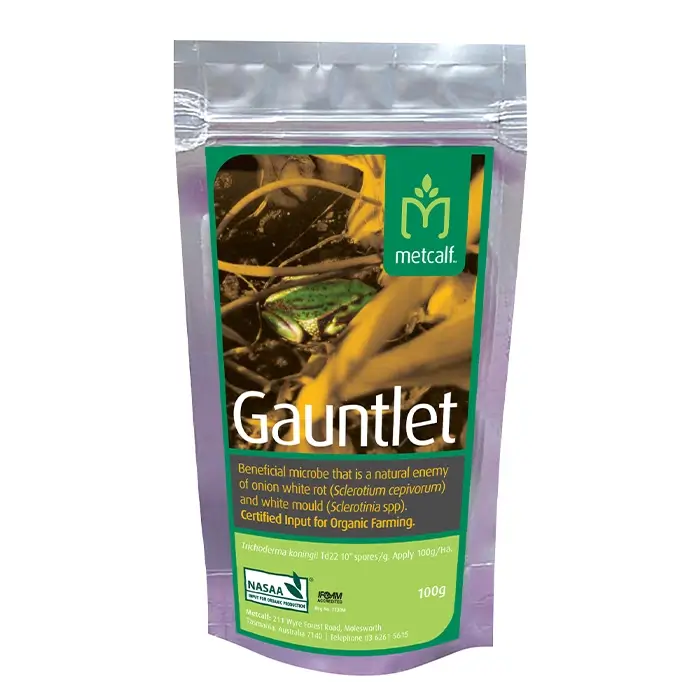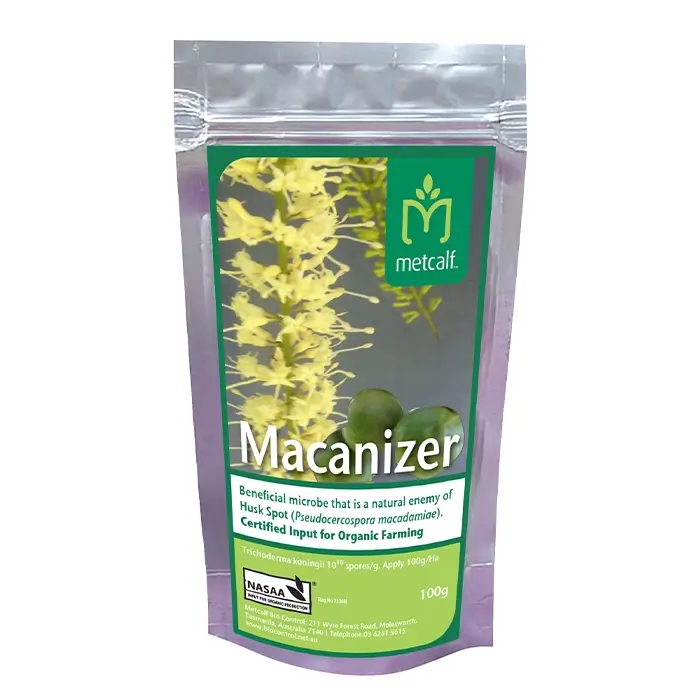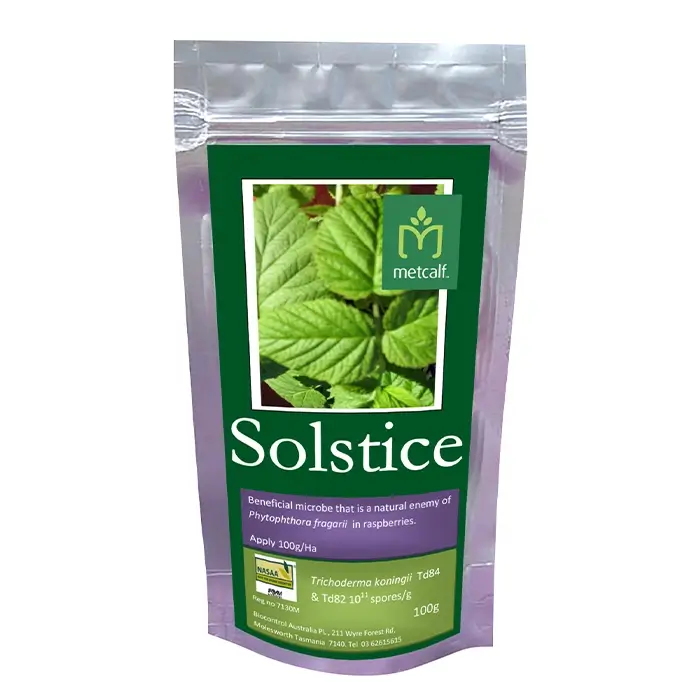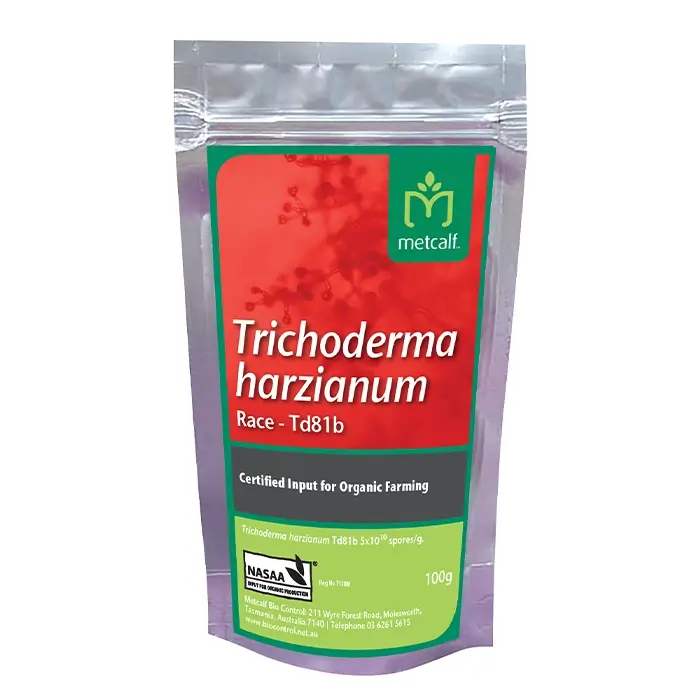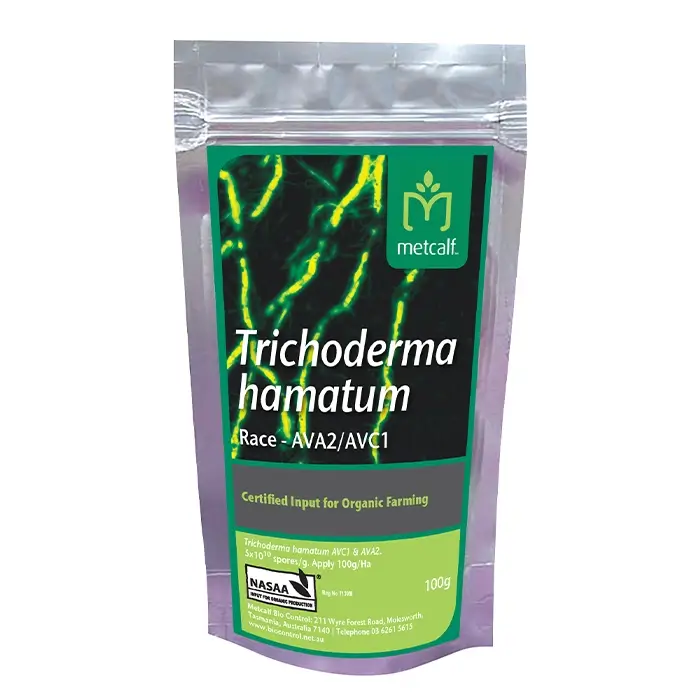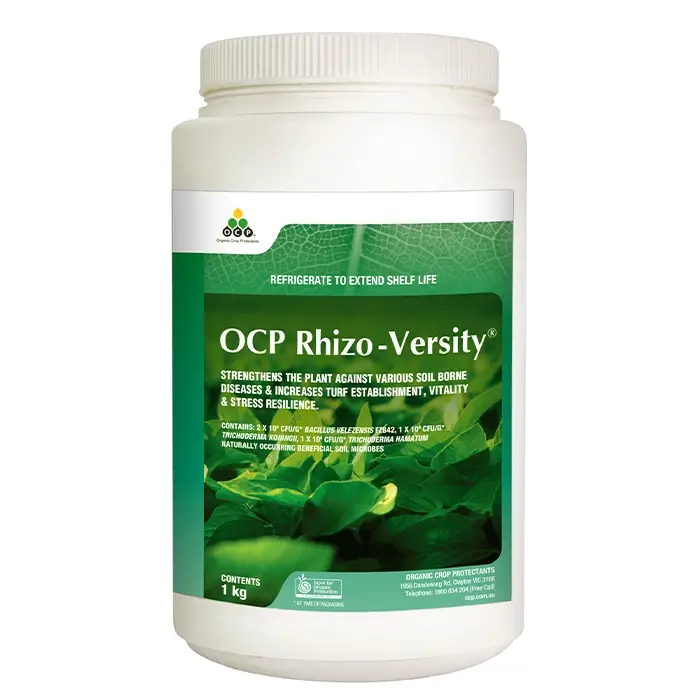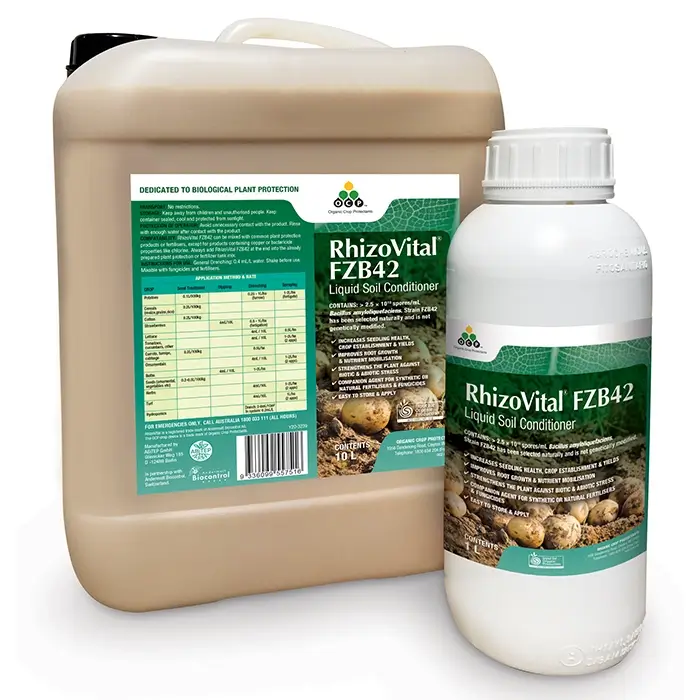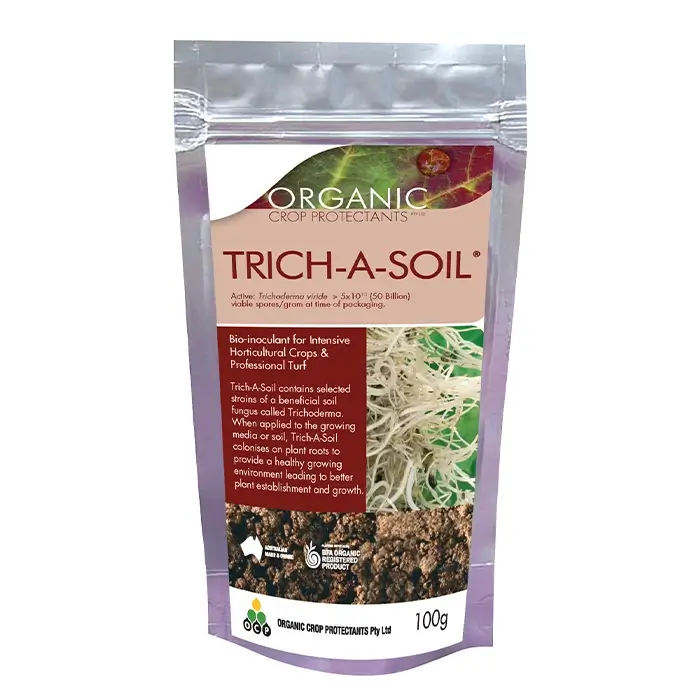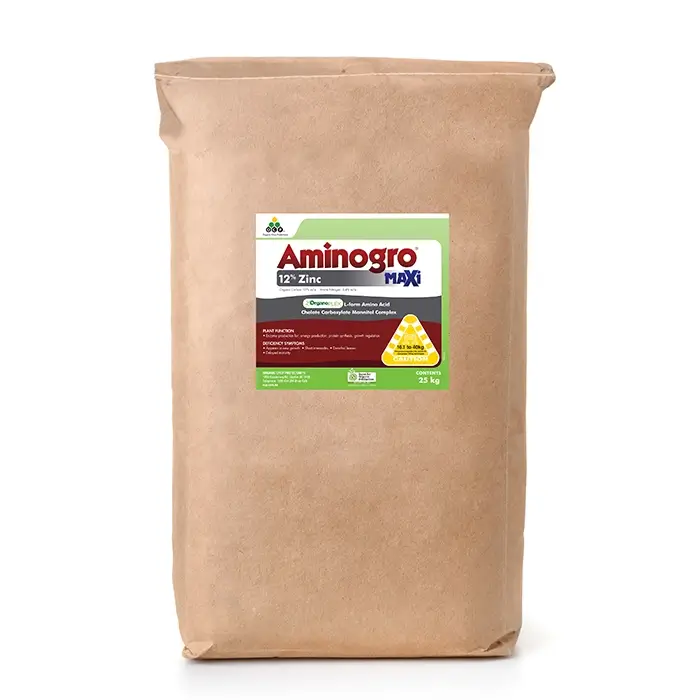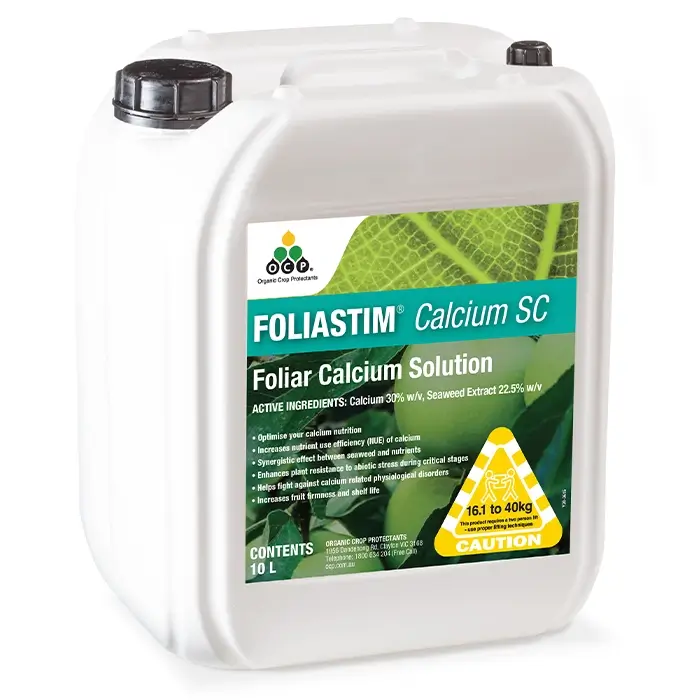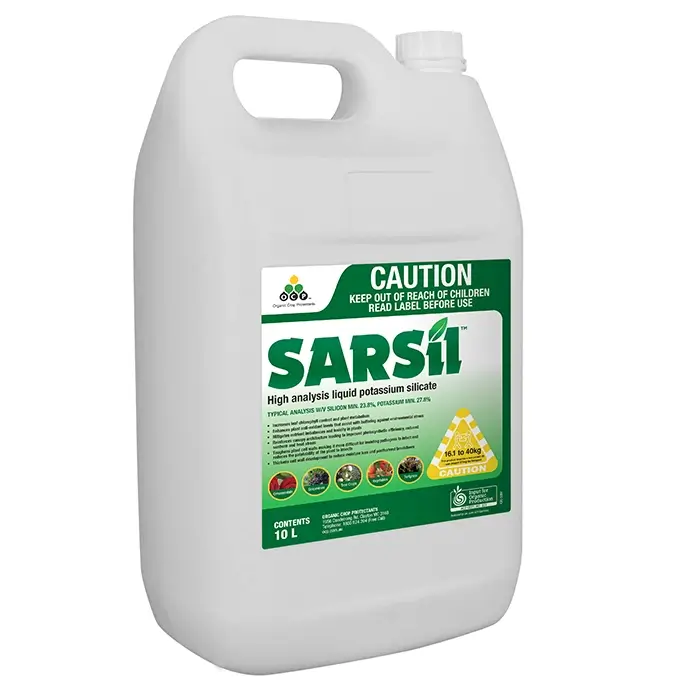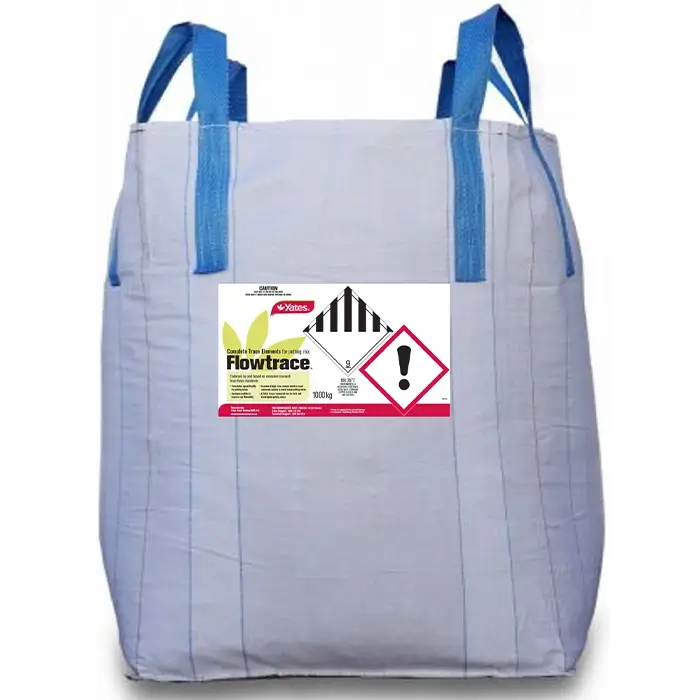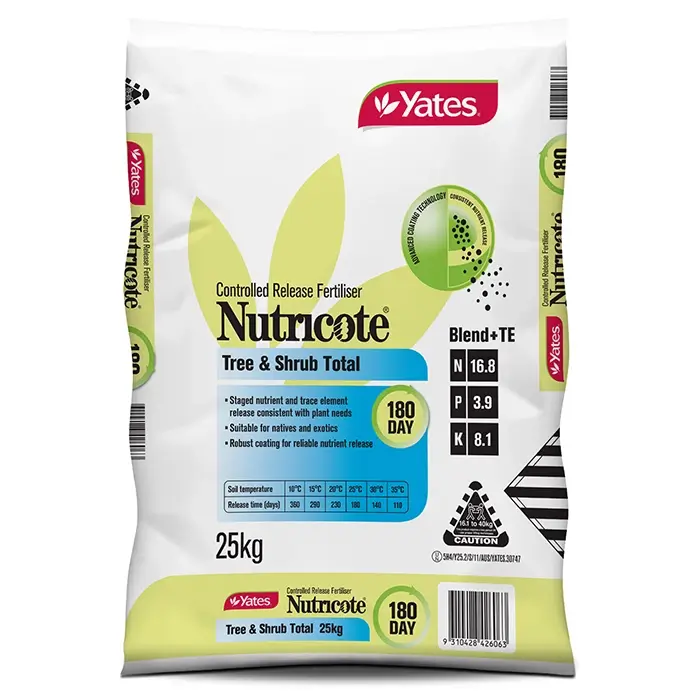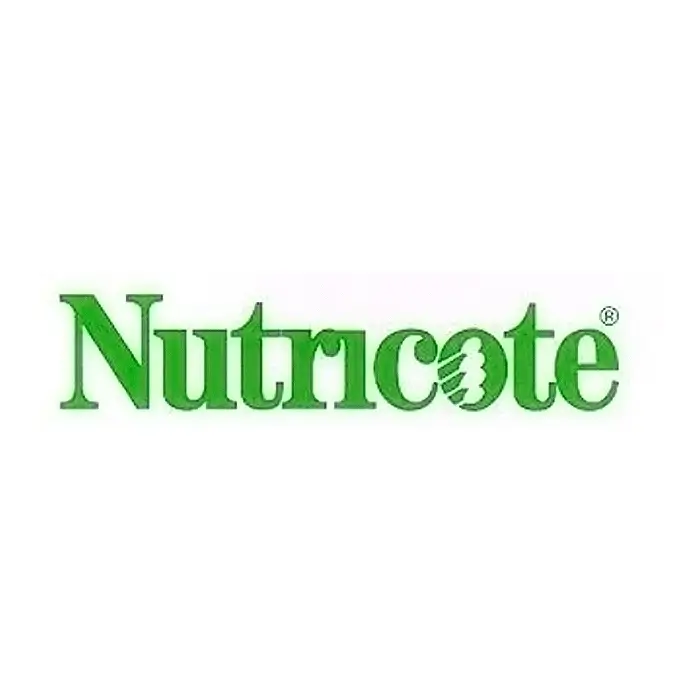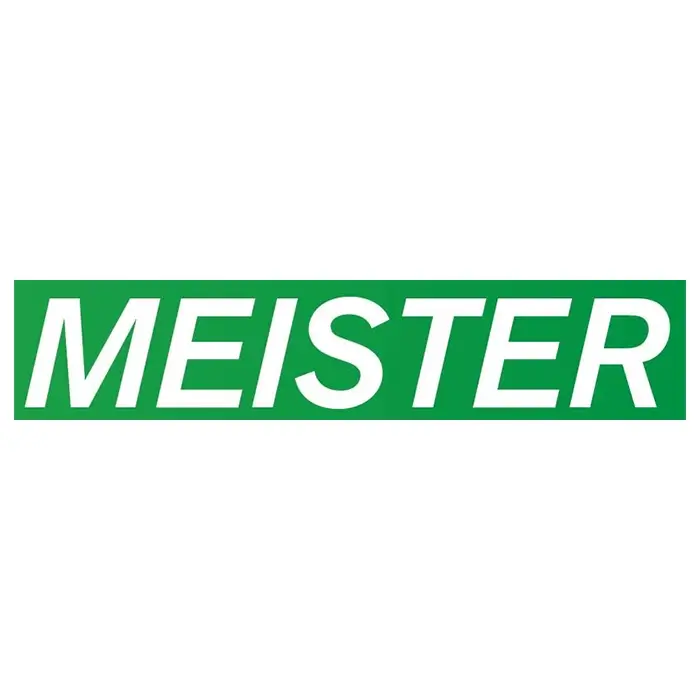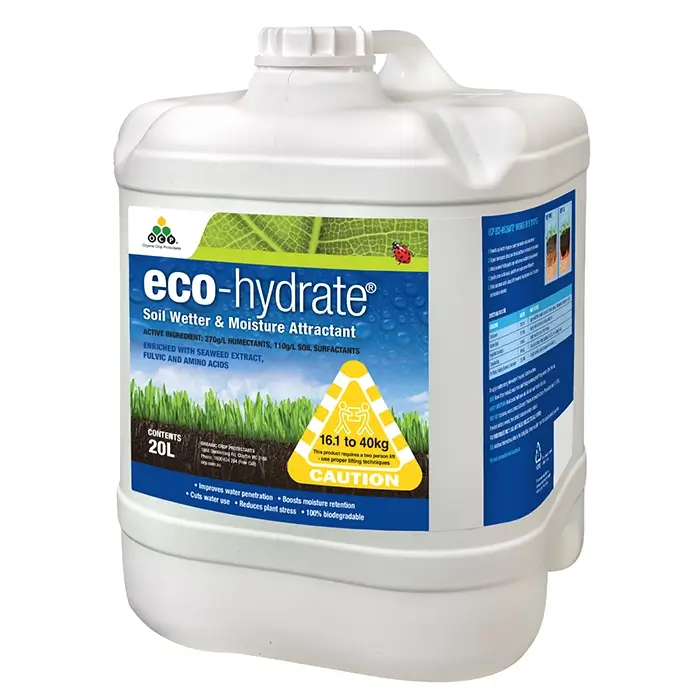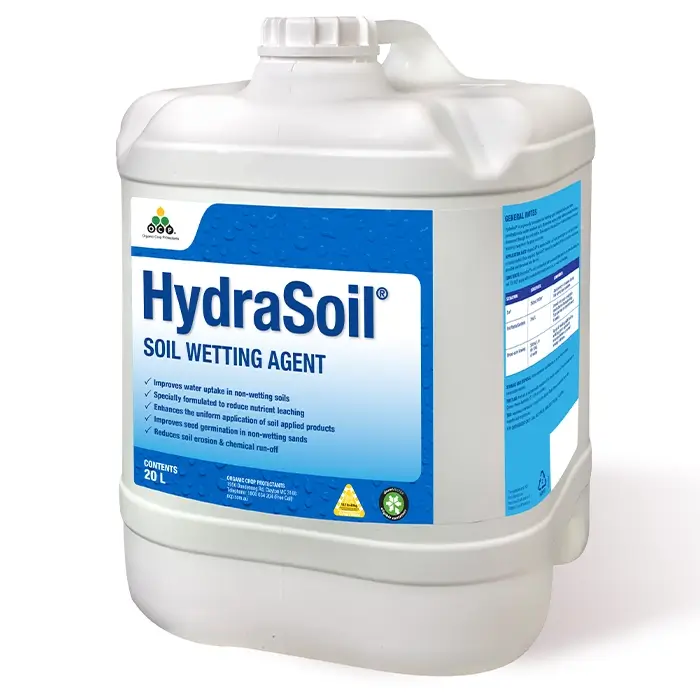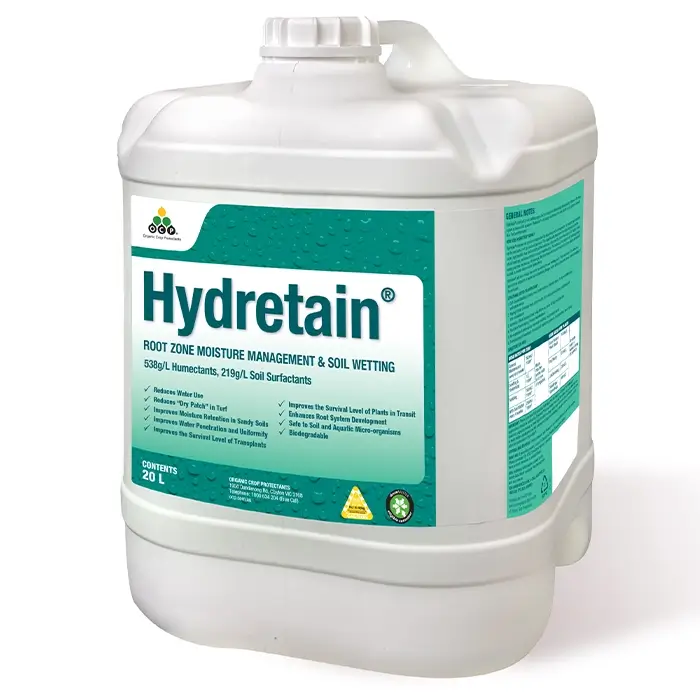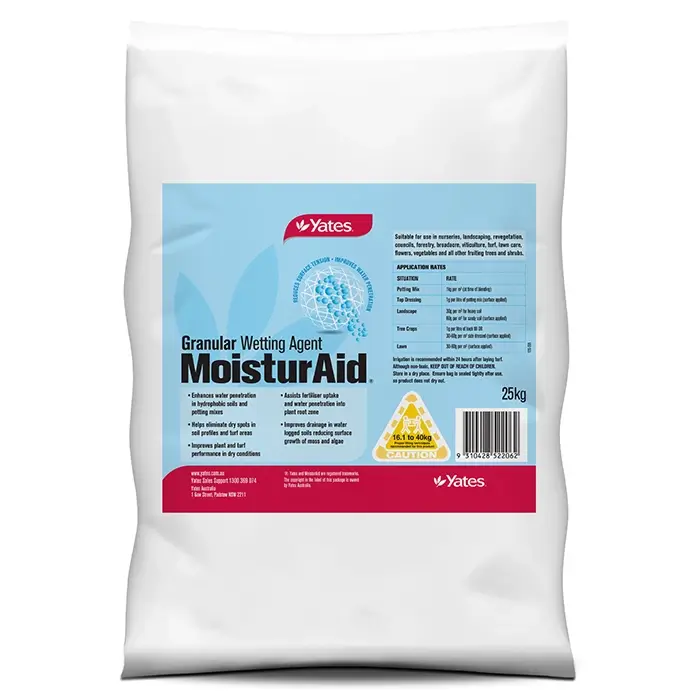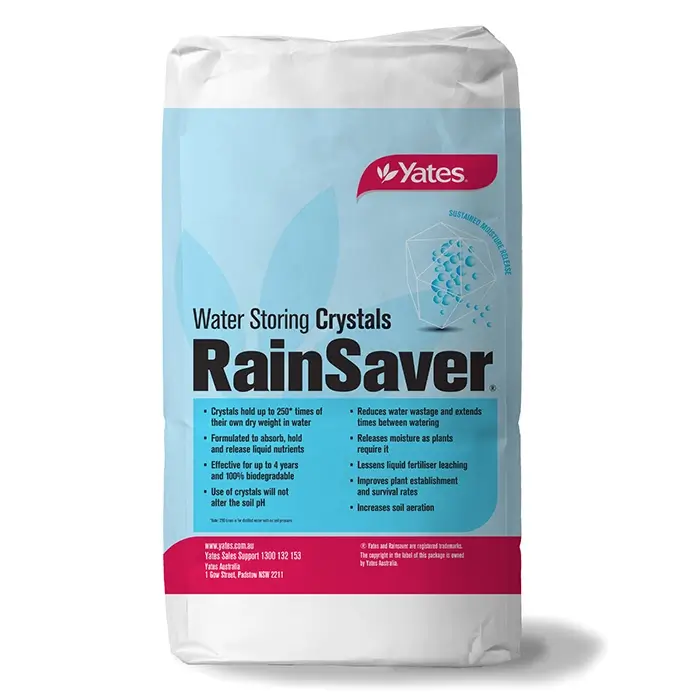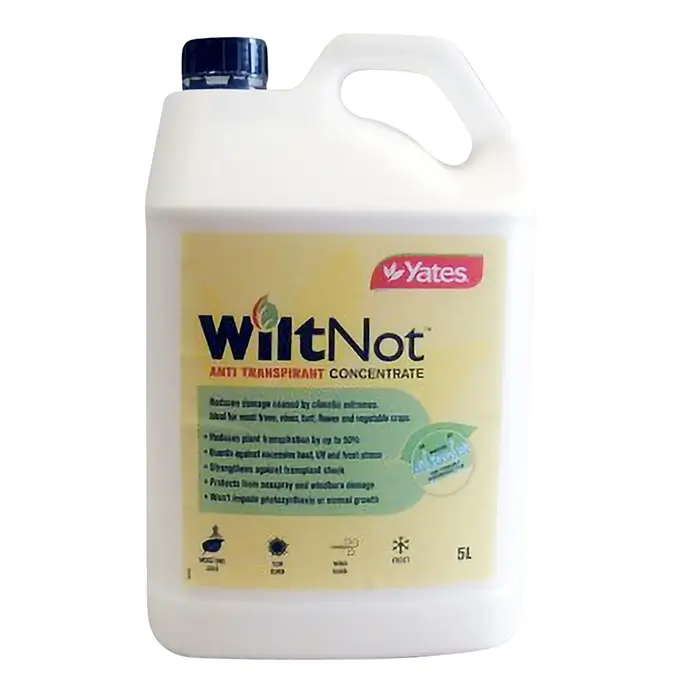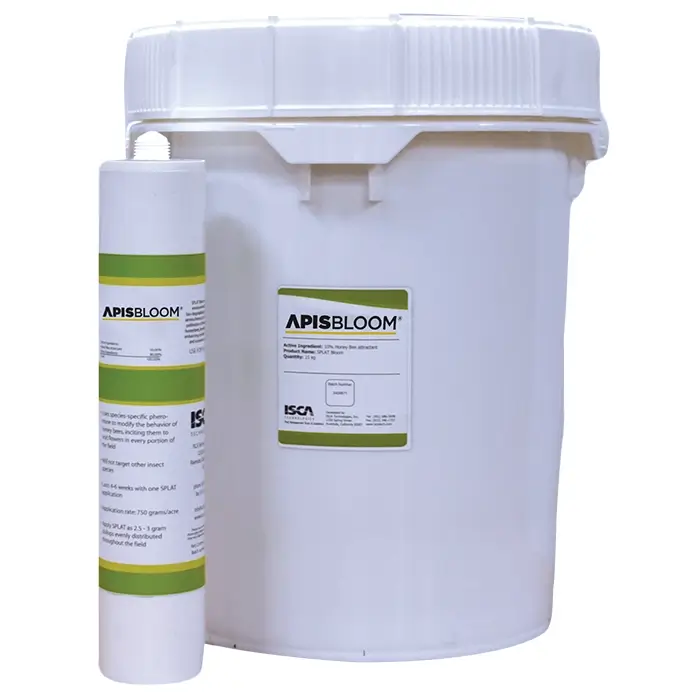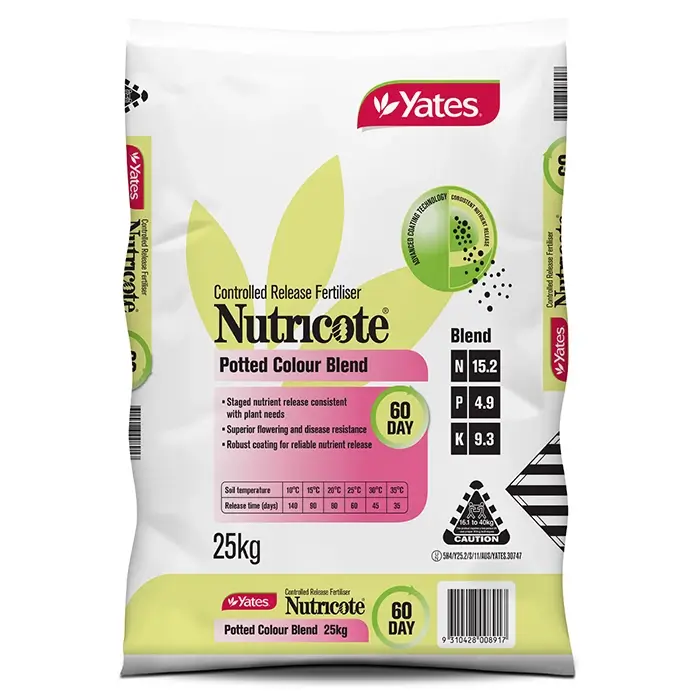
Can’t find a reseller close to you or a particular product? Order online direct from OCP.
Purchase Direct From OCPYates Nutricote Blends Potted Colour 60 Day – 15.2 : 4.9 : 9.3 $226.35 Inc. GST SKU:28030 |
Yates Nutricote Blends Potted Colour 60 Day – 15.2 : 4.9 : 9.3
Yates Nutricote Potted Colour Blend is a controlled release fertiliser designed specifically for use on potted colour that utilises the highest quality NPK components. The advanced prill coating provides superior control of nutrient release over 60 days at 25°C.
Yates Nutricote Potted Colour Blend matches nutrient release with plant growth and growing conditions. The staged release provides a greater release of nutrients over the early weeks, providing an earlier growth response for fast growing plants. During warmer periods nutrient release also increases to support accelerated plant growth. In winter when temperatures fall, and the slower plant growth requires lower nutrient levels, the prill release rate also slows down. This facilitates a more cost effective nutritional programme and also minimises nutrient loss through leaching.
- Nutrient ratios designed specifically for potted colour (P/N: 0.32 and K/N: 0.62)
- Staged release of nutrient that is consistent with plant needs
- Provides superior control of nutrient release over 60 days at 25°C
- Earlier response for cooler climates
- Contains the highest quality NPK components
- Enables superior flowering and disease resistance
- Robust coating for increased safety
- Offers reduced leaching to ensure optimal fertiliser levels are maintained
- Consistent prill size for easier and more precise mechanical application
15.2 : 4.9 : 9.3
Nitrogen (N) as Nitrate 6.3
Nitrogen (N) as Ammonium 8.9
Total Nitrogen (N) 15.2
Phosphorus (P) as water soluble 3.2
Total Phosphorus (P) 4.9
Total Potassium (K) as sulfate 9.3
Yates Nutricote Potted Colour Blend consists of small prills containing nitrogen, phosphorus and potassium. Advanced coating technology is applied to each prill that then controls the rate at which nutrients are released to match the physiological growth stages of the plant. It enables growers to produce the highest quality plants without nutrient stress, dumping or root and foliar burn.
Once prills have been applied to the potting mix or soil, moisture starts to penetrate into the polymer coating. This causes the nutrients inside to dissolve and creates osmotic pressure within each prill. It’s this pressure that drives the gradual and controlled release of the nutrients. The rate of release is even and determined by soil temperature. Increased soil temperatures will result in increased nutrient release as plant growth and nutrient needs increase.
Top Dressing
- Evenly apply to the base of the plant keeping fertiliser away from the main trunk or stem.
- Water in well after application with a rose type spray to minimise water blast of prills from pot.
Incorporation
Mix well into the soil profile ensuring even application.
General
- Release period is governed by soil temperature as shown below.
- Nutricote should provide the entire requirements of nitrogen, potassium and maintenance levels of phosphorus for the release period.
- Use high rates for fast draining soils or mixes of low fertility and for species that are fast growing and watered frequently.
- Use medium rates when:
- using on sensitive crops, ferns, African violets, orchids, etc.
- soil temperatures are very high.
- liquid feeding two to three times per week.
Suggested Application Rates
Top dressing (g)
| Pot Size (Diameter) | Medium (grams per pot) | High (grams per pot) |
|---|---|---|
| 100mm (4″) | 1.5 | 2 |
| 125mm (5″) | 3 | 4 |
| 150mm (6″) | 4 | 6 |
| 175mm (7″) | 6 | 10 |
| 200mm (8″) | 7 | 12 |
| 250mm (10″) | 9 | 14 |
| 300mm (12″) | 12 | 20 |
Incorporation (kg/m3)
| Medium | High |
|---|---|
| 3 | 4 |
Not suitable for plant species which are highly sensitive to phosphorus (P). For these plants we recommend Yates Nutricote Standard Purple (100 day), Pink (180 day) or the N18.7 Total range.
The release rate of Yates Nutricote Potted Colour Blend is based on an average day/night soil temperature of 25°C. The release rate at other temperatures is entirely predictable and is shown below:
Release Rate
| Soil Temperature | 10°C | 15°C | 20°C | 25°C | 30°C | 35°C |
|---|---|---|---|---|---|---|
| Release Time (days) | 140 | 90 | 80 | 60 | 45 | 35 |
